Not only owning the tallest building in Vietnam - Landmark-81, Ho Chi Minh City also has many iconic works and urban architectural highlights such as Bitexco Financial Tower, Thu Thiem 2 Bridge, and the most modern river tunnel in Southeast Asia.
After 48 years of liberation, Ho Chi Minh City has become an economic, cultural and educational center, leading the country, gradually developing into a modern urban area and financial center of the Southeast Asia region.
If in previous years, Notre Dame Cathedral or Independence Palace were the symbols of Ho Chi Minh City, today, from anywhere, if you see the 81-storey tower, you can easily recognize the Pearl of the Far East. This is a highlight of modern urban architecture of the largest city in Vietnam.
The tallest tower in the country, Landmark-81, is located at 720A Dien Bien Phu, Binh Thanh District, which is considered the northeastern gateway and an important traffic junction of the city. With a total area of 241,000m2 and a height of 461.3m, the tower has broken the previous "skyscraper" record of Keangnam Hanoi Landmark Tower (336m).
Before the Landmark-81 was built, the Bitexco Financial Tower located at 19-25 Nguyen Hue, Ben Nghe Ward (District 1) was an urban architectural symbol of Ho Chi Minh City. The project has a total investment of more than 400 million SSD, is 262m high with 3 basements and 68 floors, including 50,000m2 of office space. All are designed with steel and double-heated glass, with low iron content. In particular, the 49th floor is the Saigon Skydeck observation deck and the 40m long helipad is on the 52nd floor. This was once the tallest building in Vietnam when it was put into operation in 2010.
After its inauguration in January 2022, Bach Dang Wharf Park on Ton Duc Thang Street, District 1 has significantly changed the landscape along the Saigon River compared to before. In phase 1 of the project, the park is more than 8,000 square meters wide, with a cost of 35 billion VND, from Thu Ngu flagpole to pier 2, including a walking path system, lawn, trees, lighting system, automatic watering system... In phase 2, the park is expanded from pier 2 to the cannon area, about 7,300 square meters wide, with a cost of 30 billion VND.
The park is expected to be divided into 3 functional areas: historical memorial area (about 4,000m2); tourism promotion area (about 5,150m2); community park (about 2,750m2). Bach Dang Wharf at 2 Ton Duc Thang Street includes a port and a park, 1.3km long, 23,400m2 wide.
In recent years, thanks to the potential and advantages that few places have, many investors have poured into the city to develop urban and real estate projects, making the infrastructure of the Pearl of the Far East like a locomotive pulling up the whole land. Billions of dollars have poured into Ho Chi Minh City, including projects in the Thu Thiem New Urban Area, high-tech zones, university villages, etc.
Thanks to its connection with the old urban area in District 1, Thu Thiem is becoming a modern urban area with its own unique identity.
In particular, in District 7, with a natural area of 3,576 hectares, there is the Phu My Hung New Urban Area, which was planned systematically from the beginning and is now completely completed. Works, technical and social infrastructure such as traffic systems, electricity, water, post and telecommunications, etc. have been completely built; hundreds of housing construction projects; nearly 20 medical facilities, and a total of dozens of educational facilities have been completed.
The recent highlight of urban traffic is the Thu Thiem 2 Bridge project, with a total investment of 3,100 billion VND, nearly 1.5km long, with 6 lanes across the Saigon River. Inaugurated on April 28, 2022, this bridge is also considered a new symbol of Ho Chi Minh City. The starting point of Thu Thiem 2 Bridge is at the intersection of Ton Duc Thang - Le Duan (District 1), crossing the Saigon River and connecting to Vong Cung Boulevard (Route R1) in Thu Thiem New Urban Area.
In addition to Thu Thiem 2 Bridge, it is impossible not to mention Phu My Bridge, costing over VND2,000 billion, inaugurated in 2009. This was the largest cable-stayed bridge in the country at that time with a length of over 2km, a clearance height of 45m, 6 lanes, connecting Thu Thiem new urban area and Phu My Hung urban area and District 9. Since its inauguration, the project has shortened the traffic on National Highway 1A to the Southwest through Ho Chi Minh City, and is considered a symbol of Ho Chi Minh City.
Thu Thiem tunnel is designed from Calmette bridge connecting Thu Thiem new urban area, District 2. The tunnel entrance on District 1 connects to Vo Van Kiet street, the remaining tunnel entrance is on the main road of District 2.
Inaugurated in November 2011, Thu Thiem Tunnel is not only the first river tunnel in Vietnam but also the most modern river tunnel in Southeast Asia, one of the most important items in the East-West Highway construction project of Ho Chi Minh City. The tunnel is 1.49km long, 33m wide, 9m high, with 6 traffic lanes and 2 emergency lanes on both sides, designed speed of 60km/h. Along with many projects such as Thu Thiem Bridge 1, Thu Thiem Bridge 2, Thu Thiem Bridge 3, Thu Thiem Bridge 4 in the future, this will be a project to support smooth traffic connection from the new financial center to Districts 1, Binh Thanh, District 4, District 7.
When it comes to modern projects in Ho Chi Minh City, we cannot fail to mention transportation works. One of them is the Ben Thanh - Suoi Tien metro project No. 1, 19.7km long, including 3 underground stations and 11 elevated stations, with a total investment of 43,700 billion VND after adjustment. Currently, this urban railway line has completed more than 95% of the total volume of the entire project. In 2023, contractors will continue to speed up the progress to complete 100% of the construction and installation of the remaining equipment, completing the architecture of the stations and pedestrian bridges along the entire route.
Saigon 2 Bridge is built parallel to the old Saigon Bridge, nearly 1km long with 30 spans, designed to have a lifespan of 100 years and withstand earthquakes of level 7. The project has a total construction cost of nearly 1,500 billion VND, under the BT (build - transfer) form. This is one of the urgent projects of Ho Chi Minh City more than 10 years ago to reduce traffic congestion and improve traffic capacity at the northeastern gateway of the city.
Mai Chi Tho Avenue (District 2) is known as one of the most beautiful roads in Ho Chi Minh City. This road is located in the east of the East-West Avenue project with a cost of more than 16,000 billion VND, the total length of the route is about 21.89km (not including the 1.49km long Thu Thiem tunnel). The avenue starts from Hanoi Highway (District 2) to National Highway 1A (Binh Chanh District), passing through Districts 1, 2, 4, 5, 6, 8, Binh Tan and Binh Chanh. Of which, Mai Chi Tho Street in District 2 is 9km long (140m wide road surface with 14 lanes) starting from Hanoi Highway to Saigon River tunnel.
The An Phu Intersection Expansion Project started construction in late December 2022. This is the intersection leading to the Ho Chi Minh City - Long Thanh - Dau Giay Expressway, connecting to Hanoi Highway and Cat Lai Port, with a total investment of over VND 3,500 billion. The project is designed with 10 - 12 lanes, 3 tunnels with 4 lanes in both directions, and overpasses with 2 lanes each. This intersection is expected to be completed and put into use in April 2025 and is expected to become the largest and most beautiful intersection in Ho Chi Minh City.
Cat Lai junction (Thu Duc City) is located at the starting point of the East-West Highway connecting with Hanoi Highway. This is the most important route in the eastern gateway area connecting Ho Chi Minh City with the Southeast and Northern provinces. The project is built with two overpasses, one from Cat Lai port turning left to the center of Ho Chi Minh City, one from Thu Duc district turning left to Cat Lai port, Thu Thiem tunnel and 7 road branches below.
Put into use since August 2010, this intersection has created favorable conditions for tractor-trailers and heavy trucks to travel between Hanoi Highway and Cat Lai Port conveniently and quickly.
Source


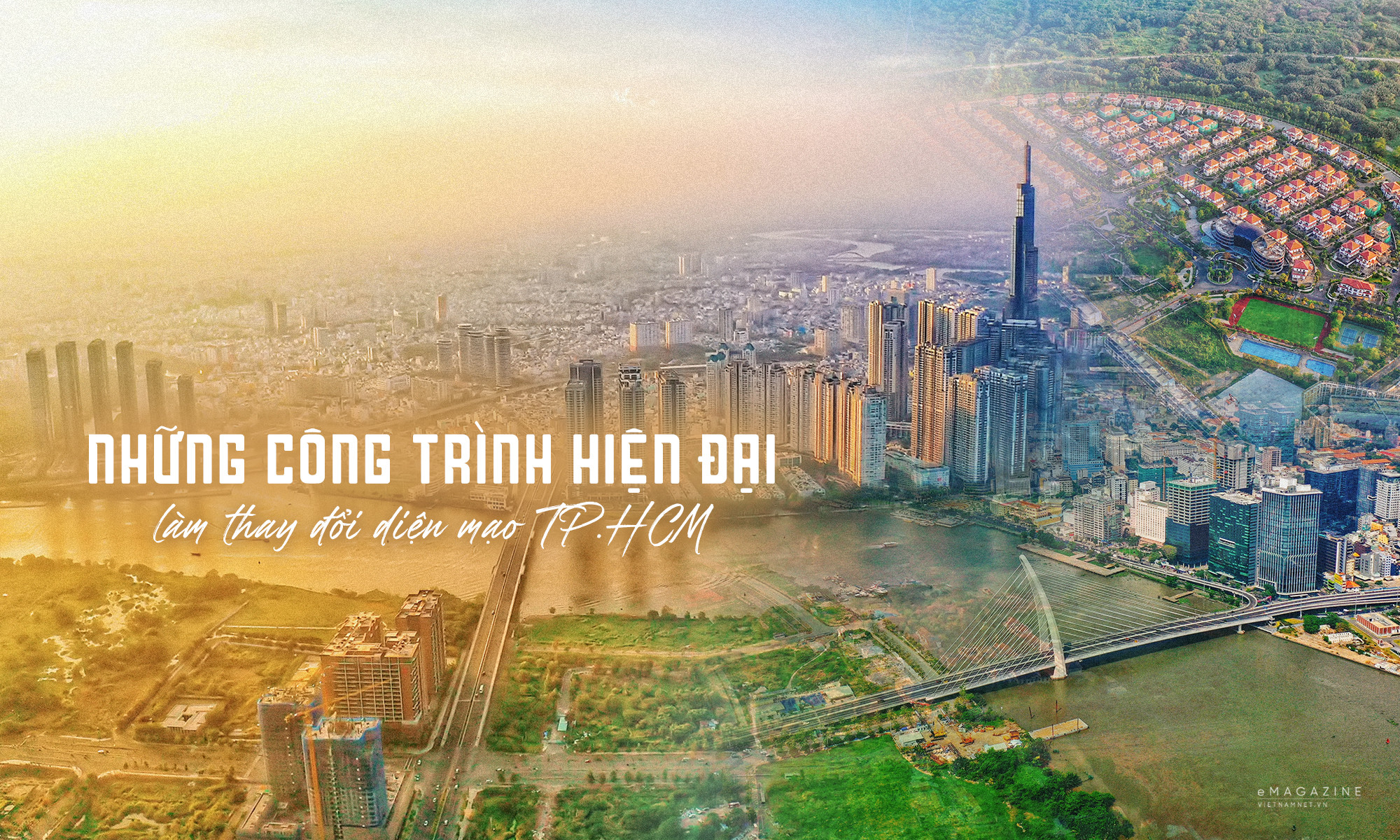
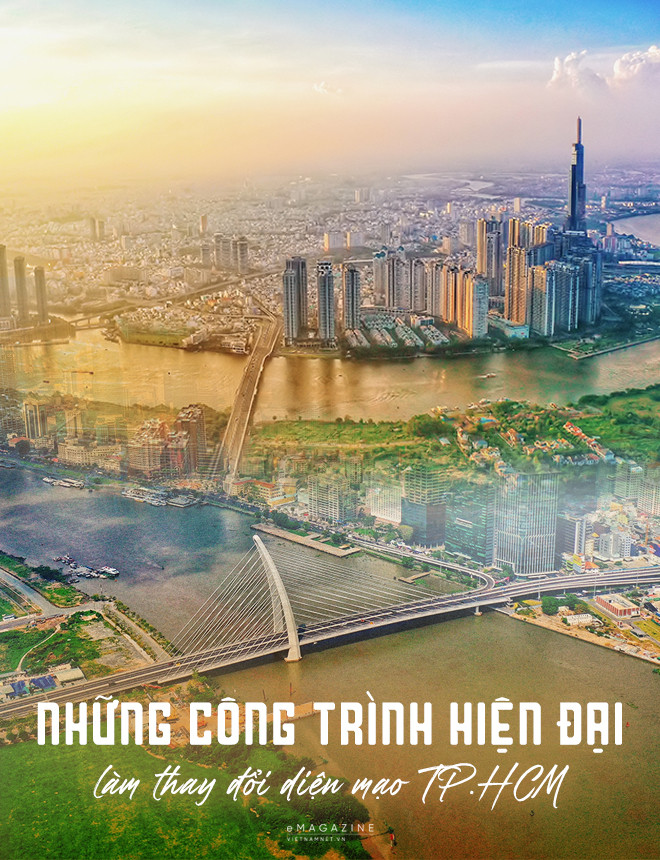
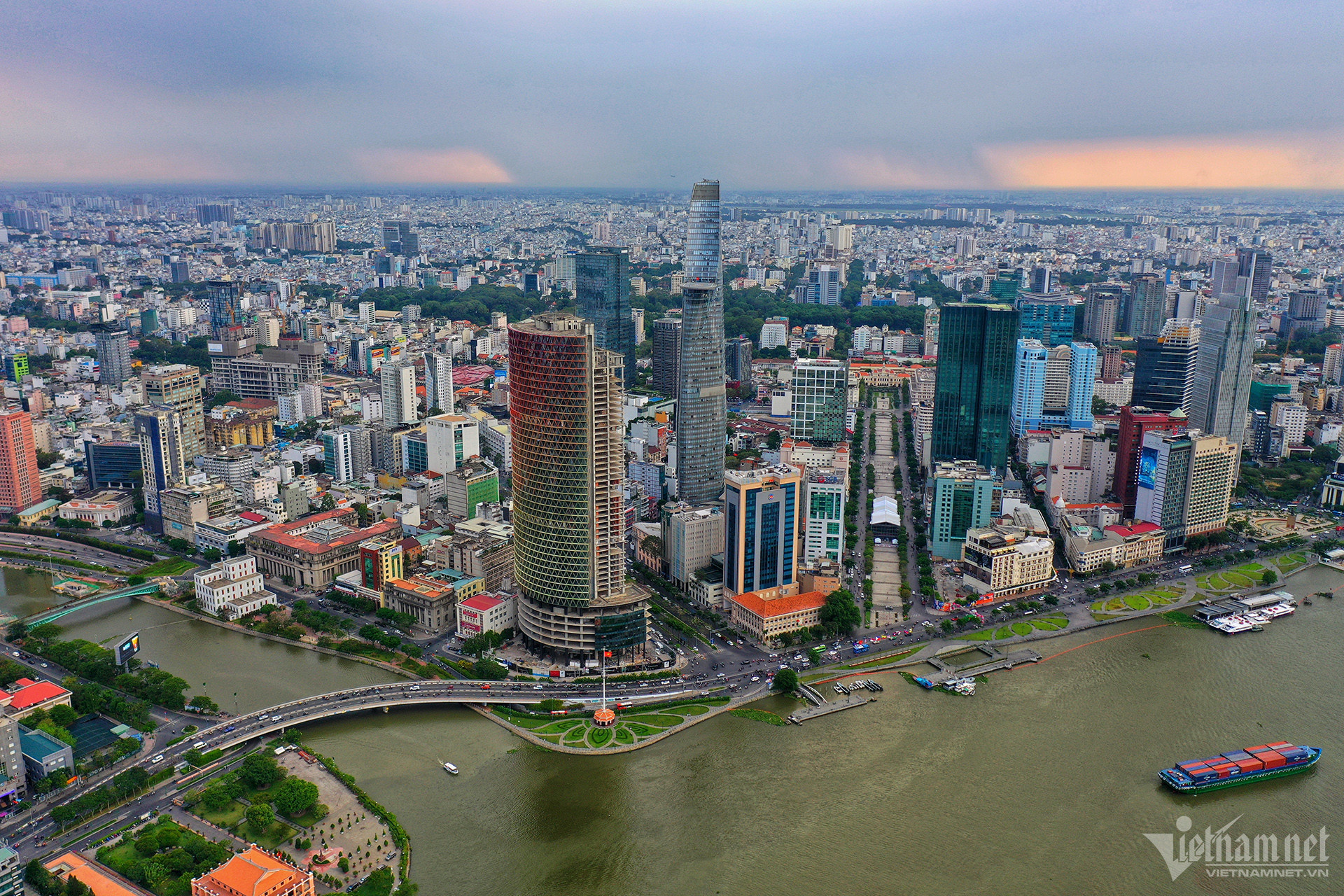
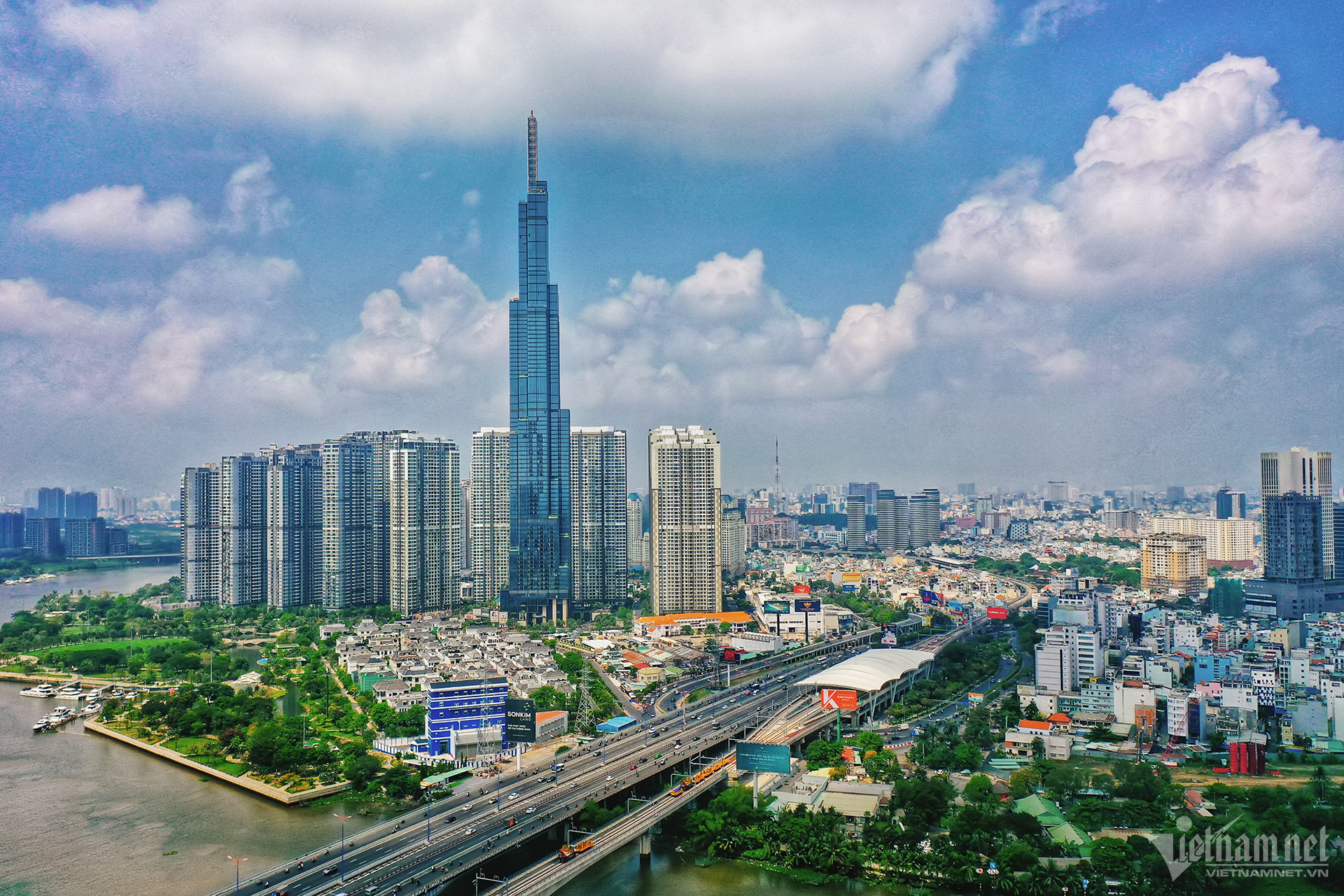
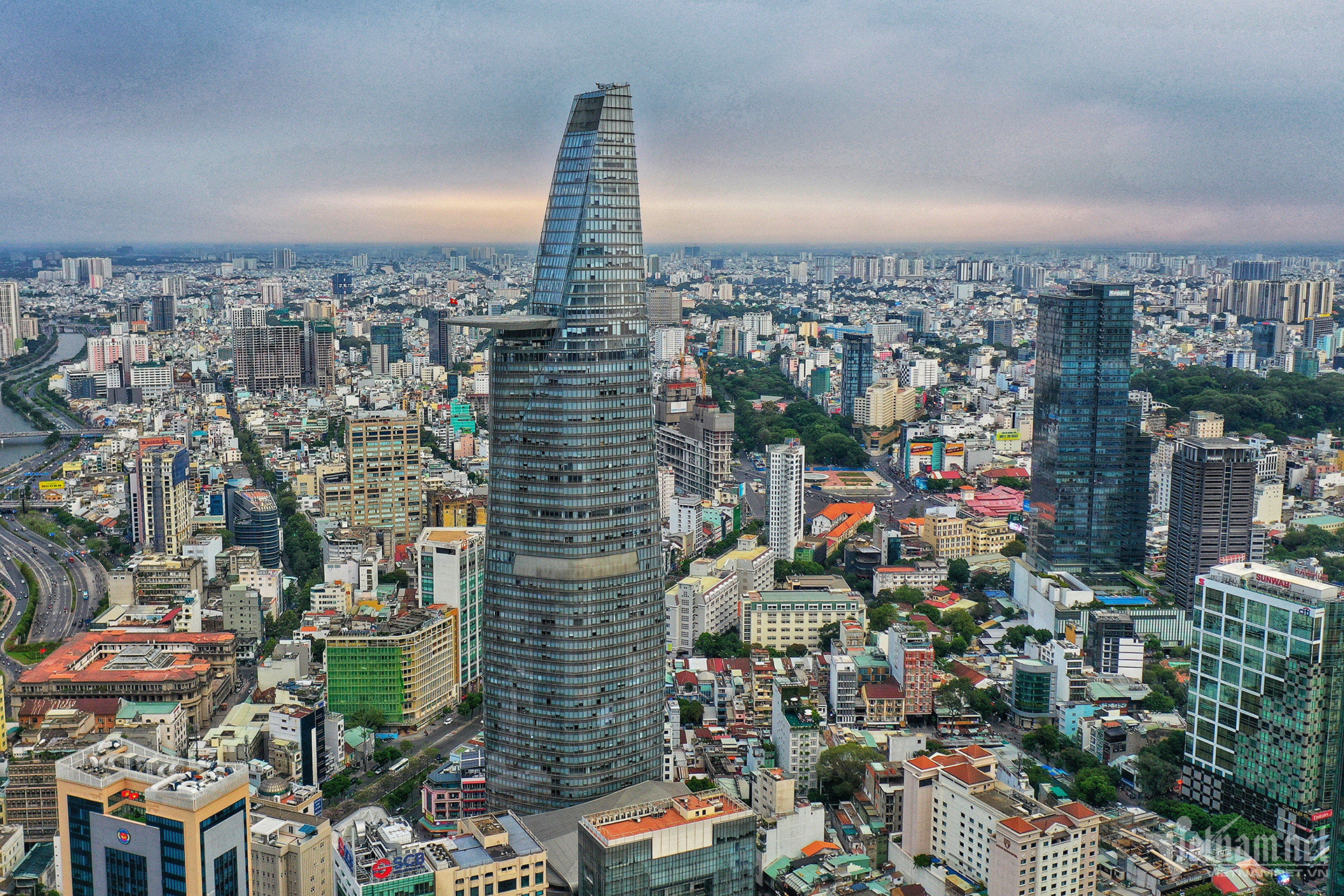
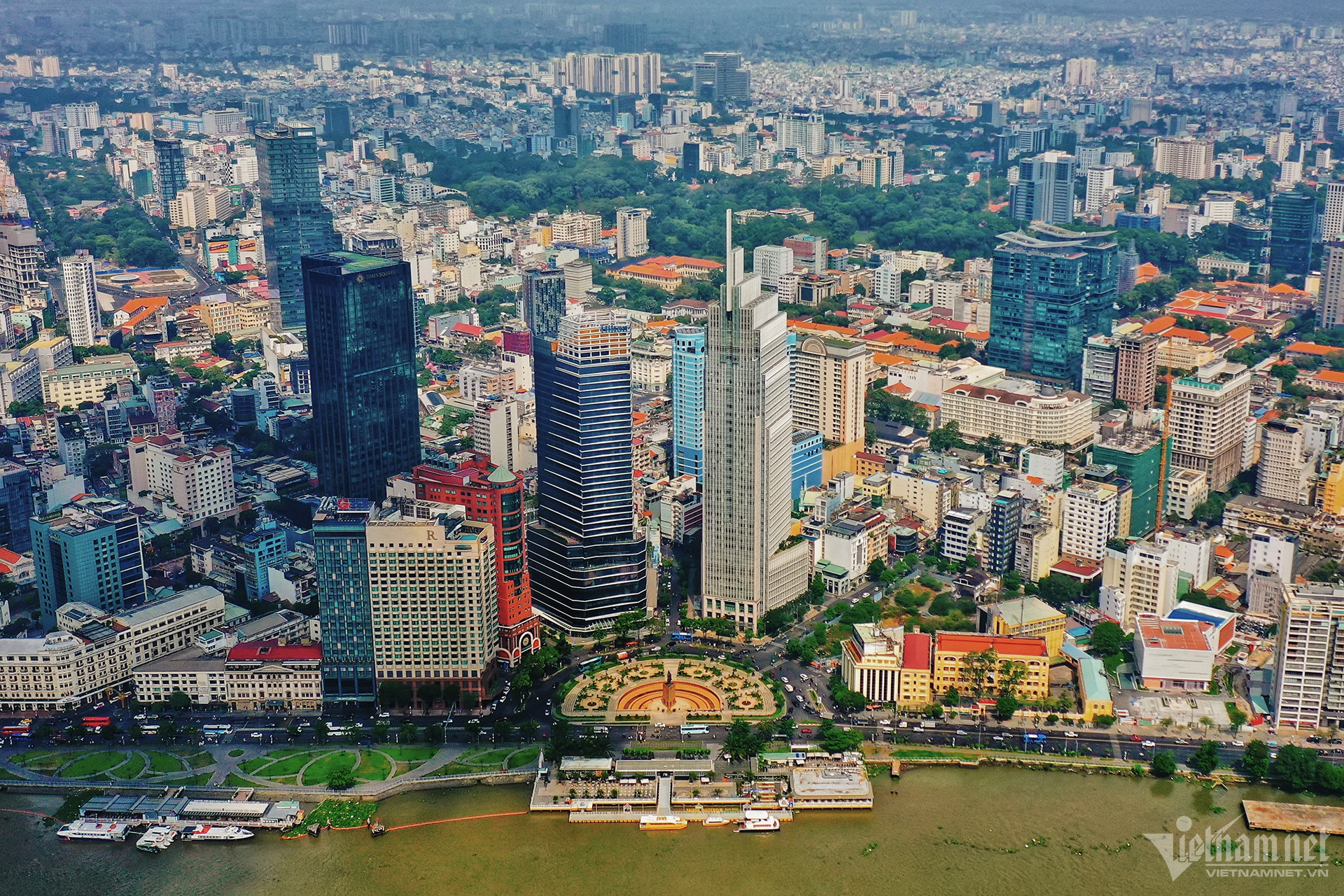
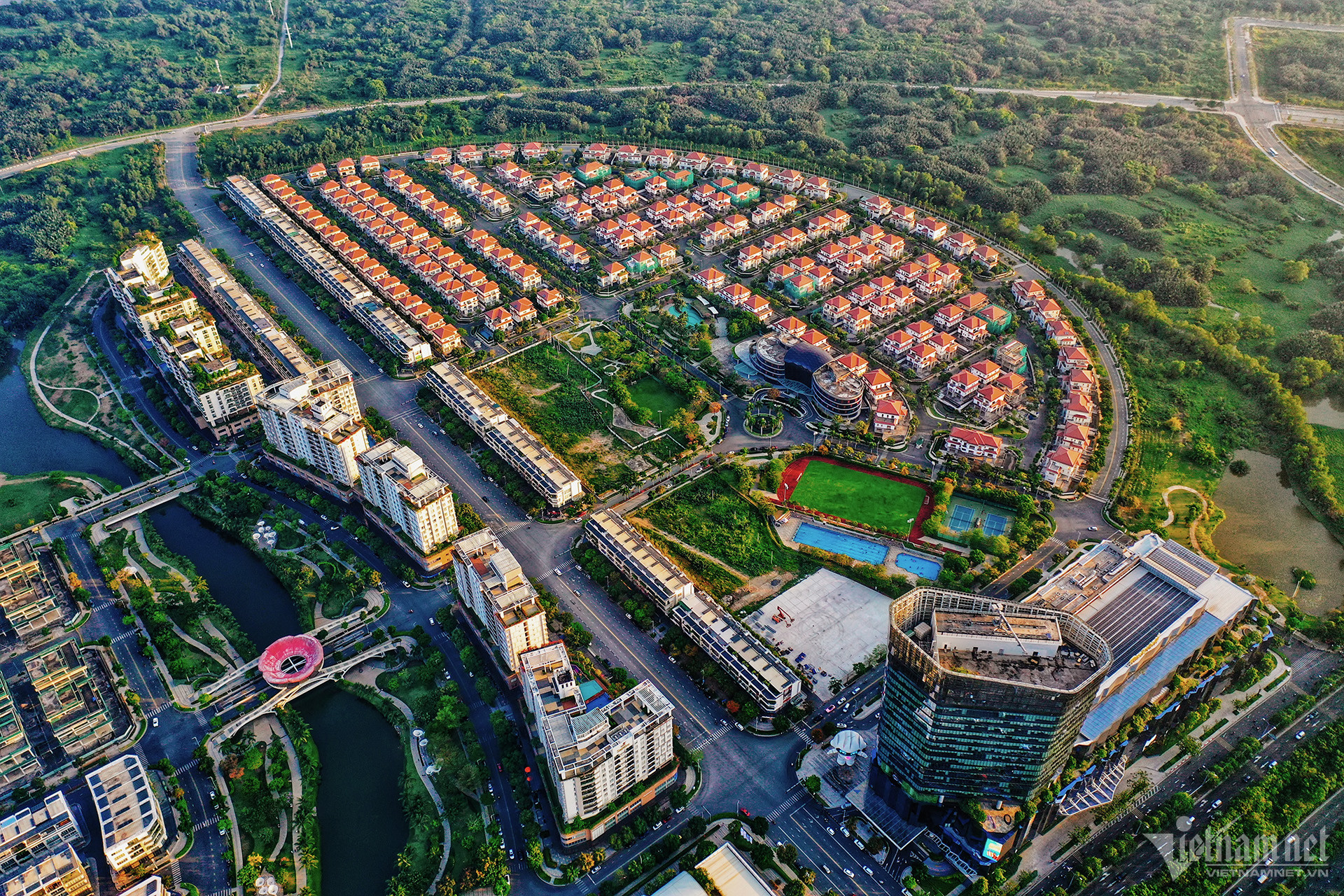
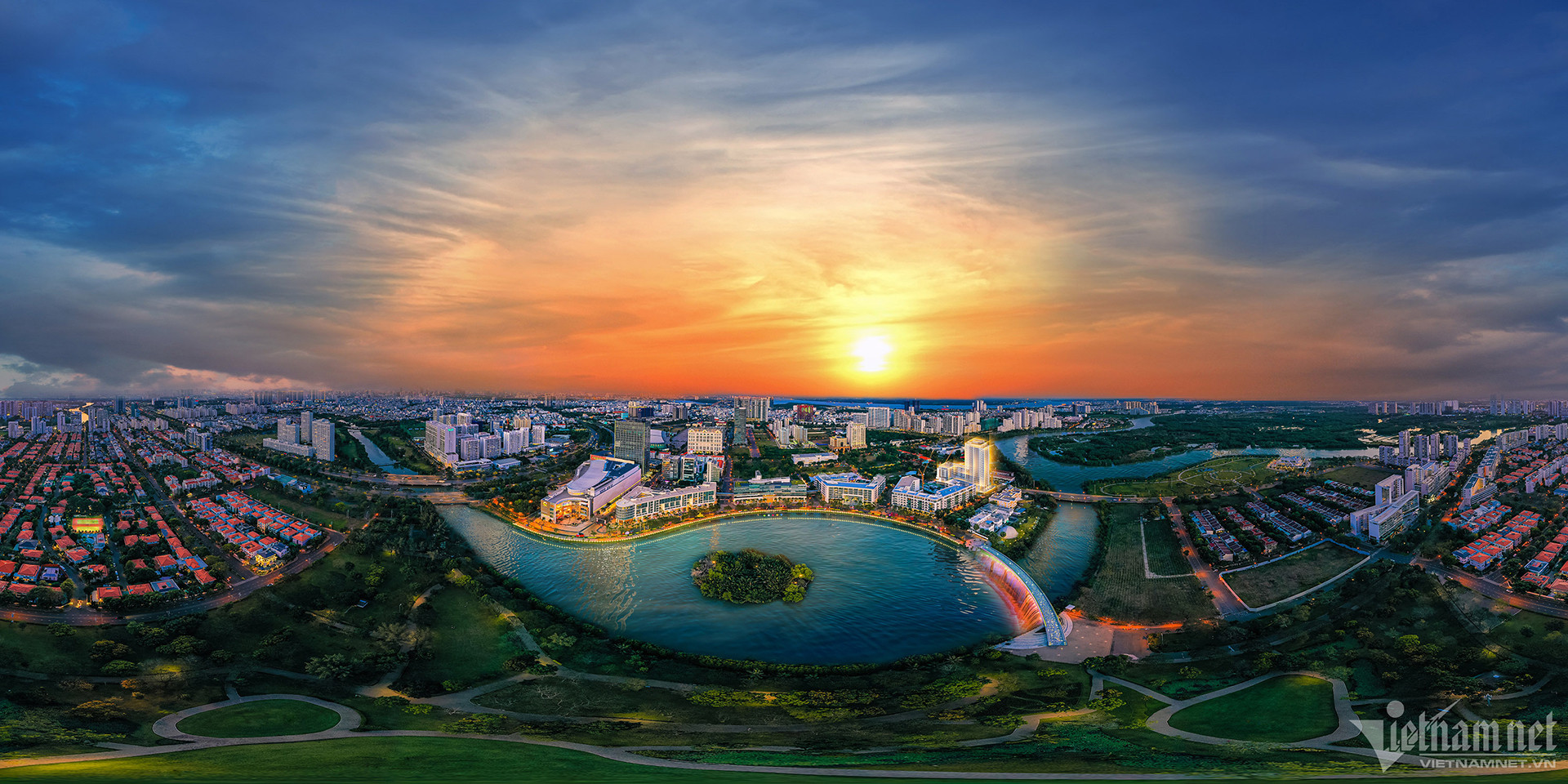
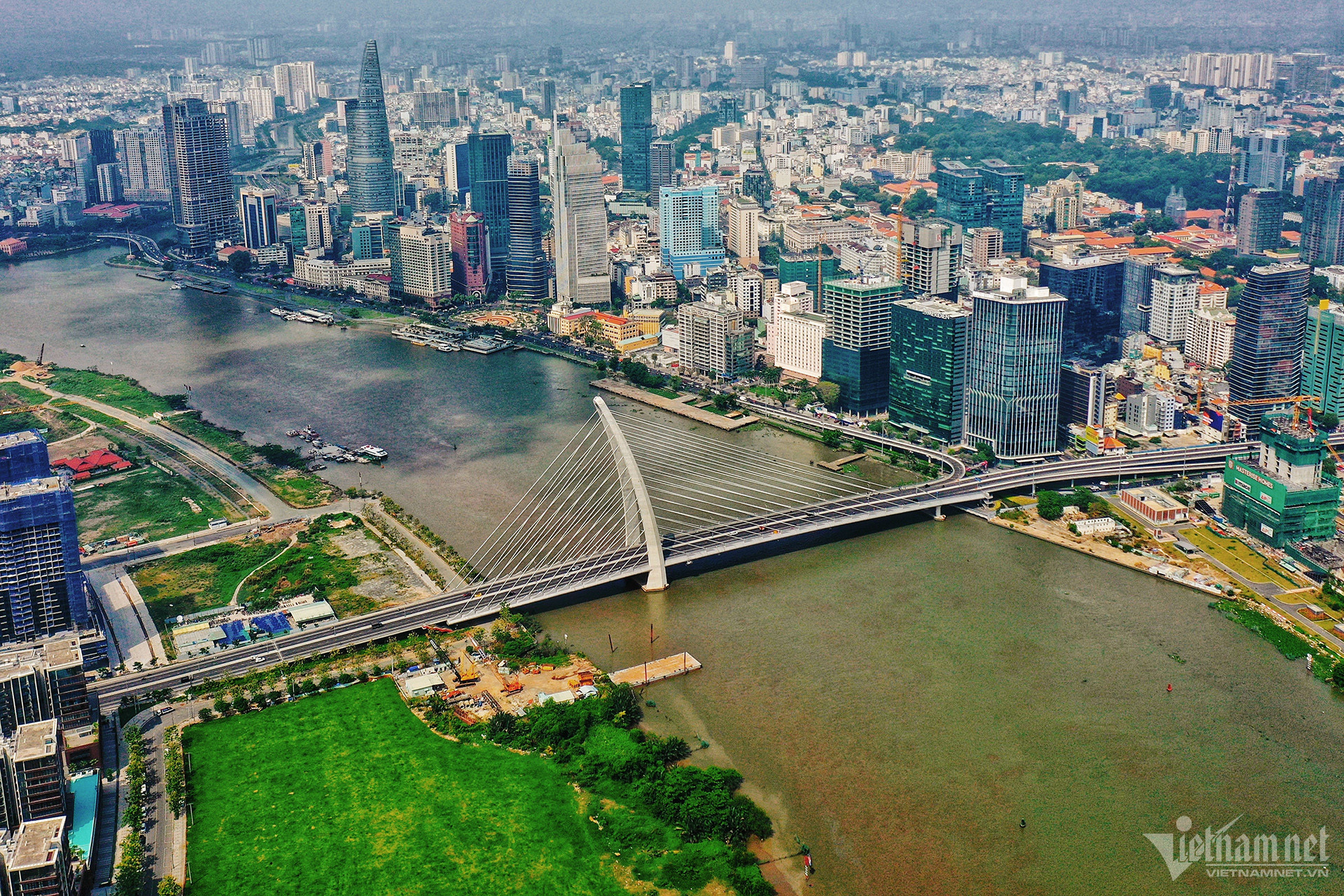
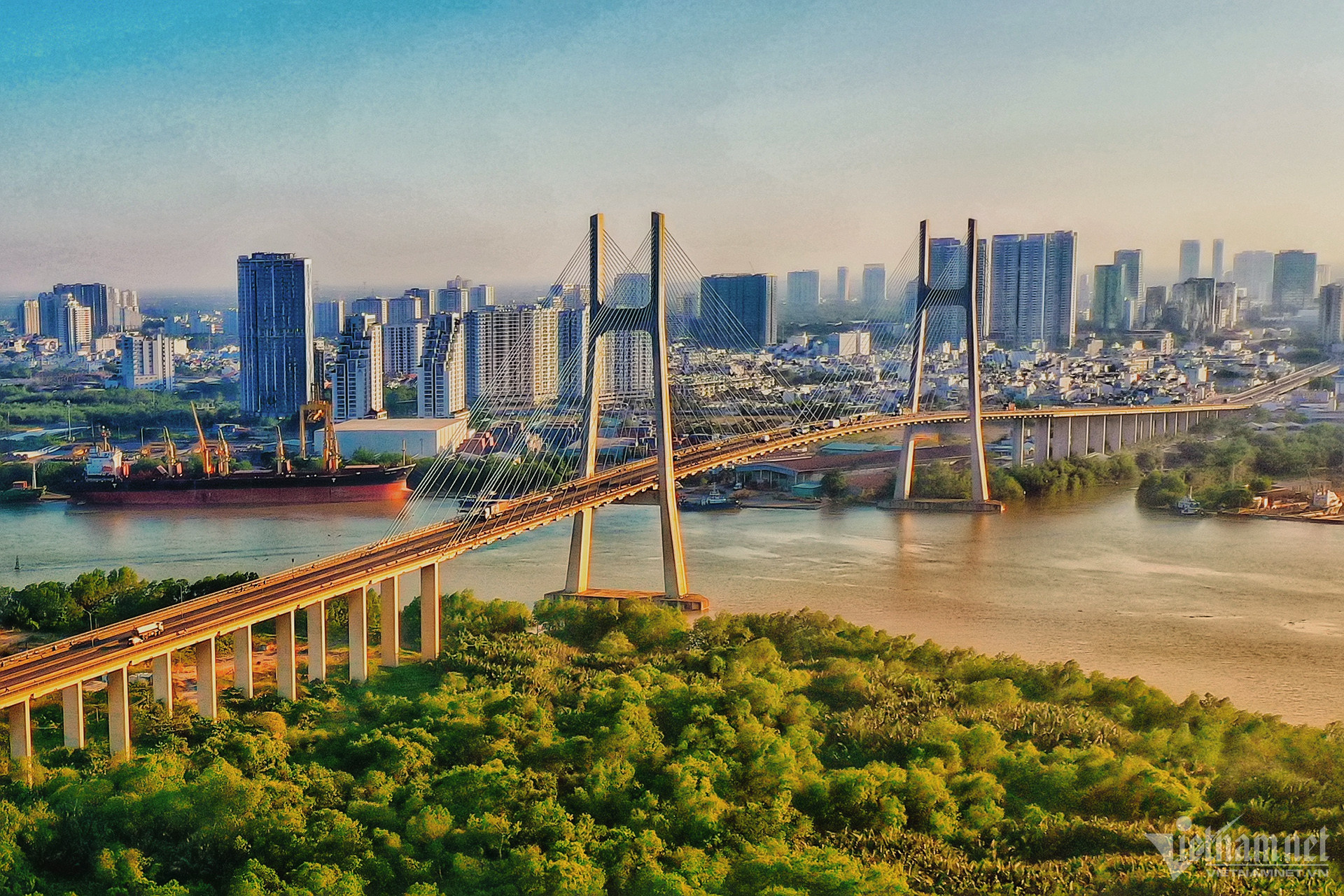
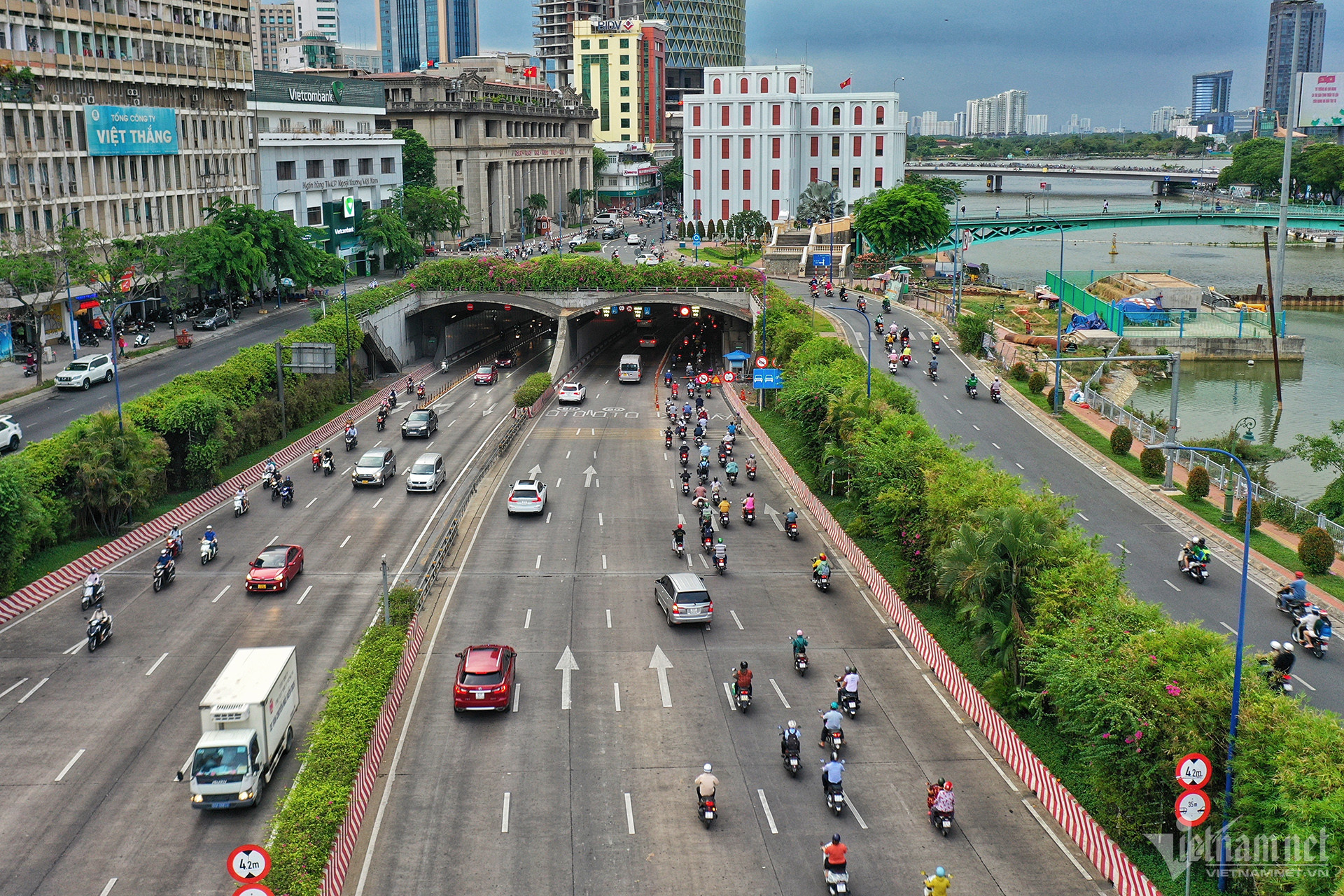
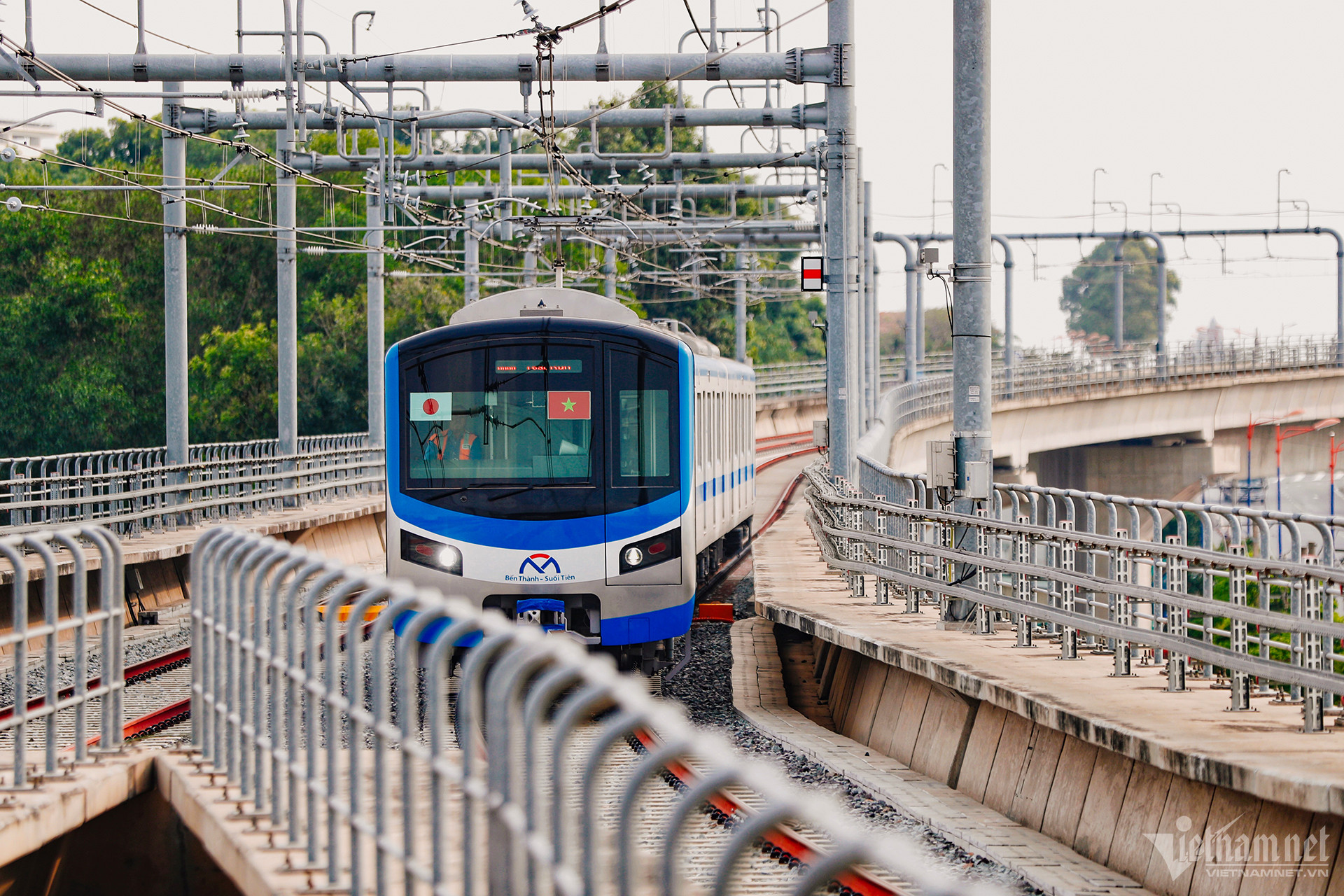
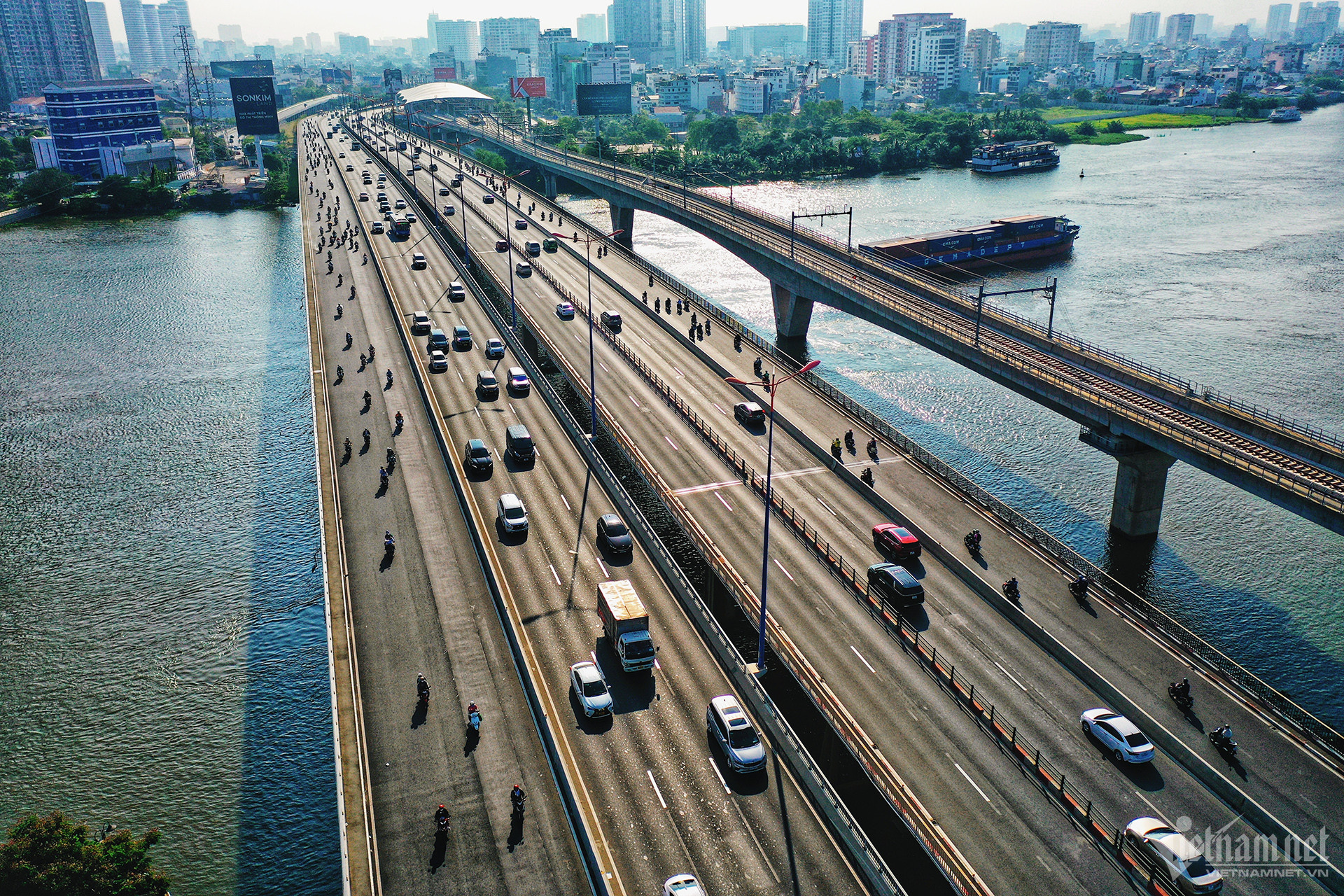
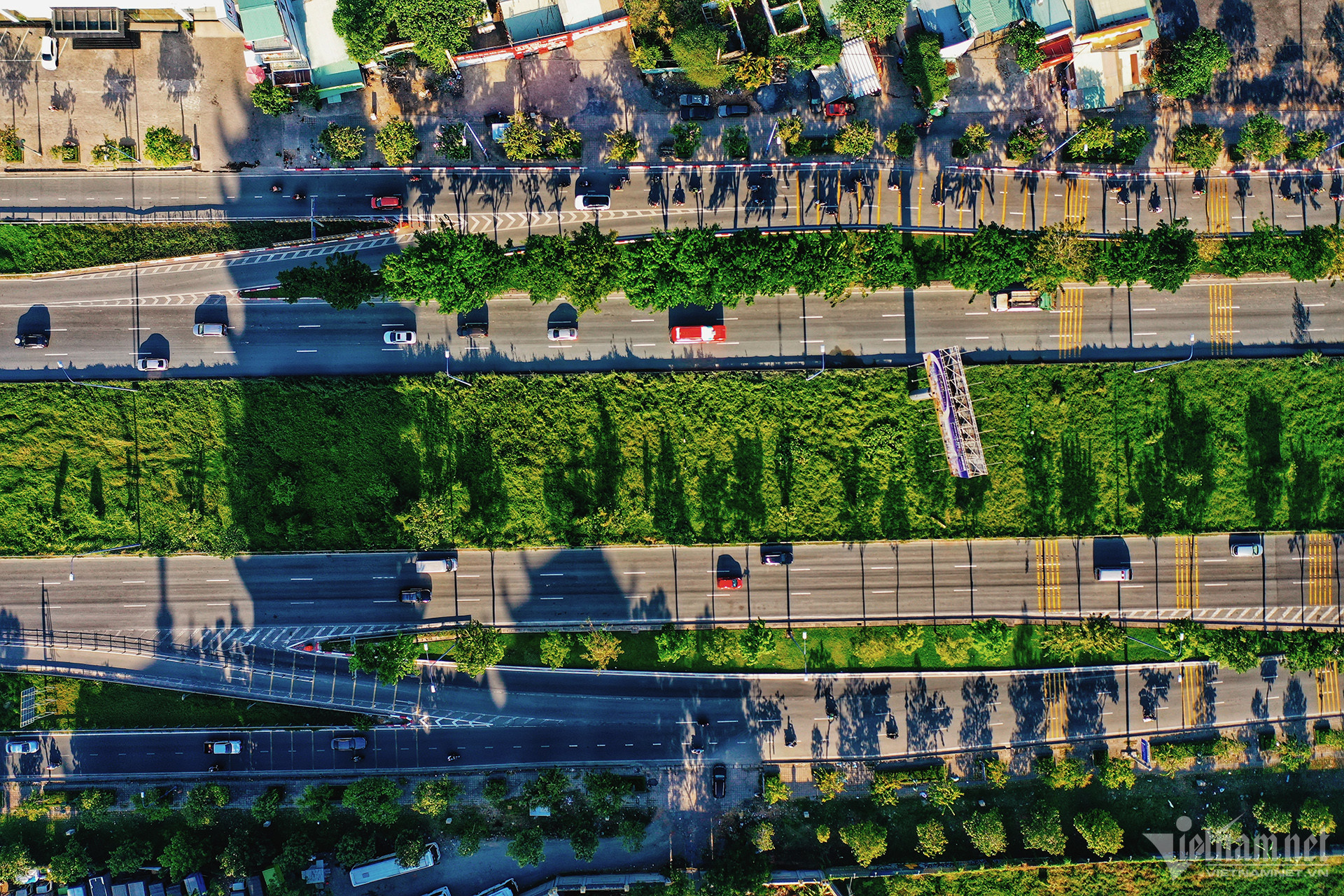
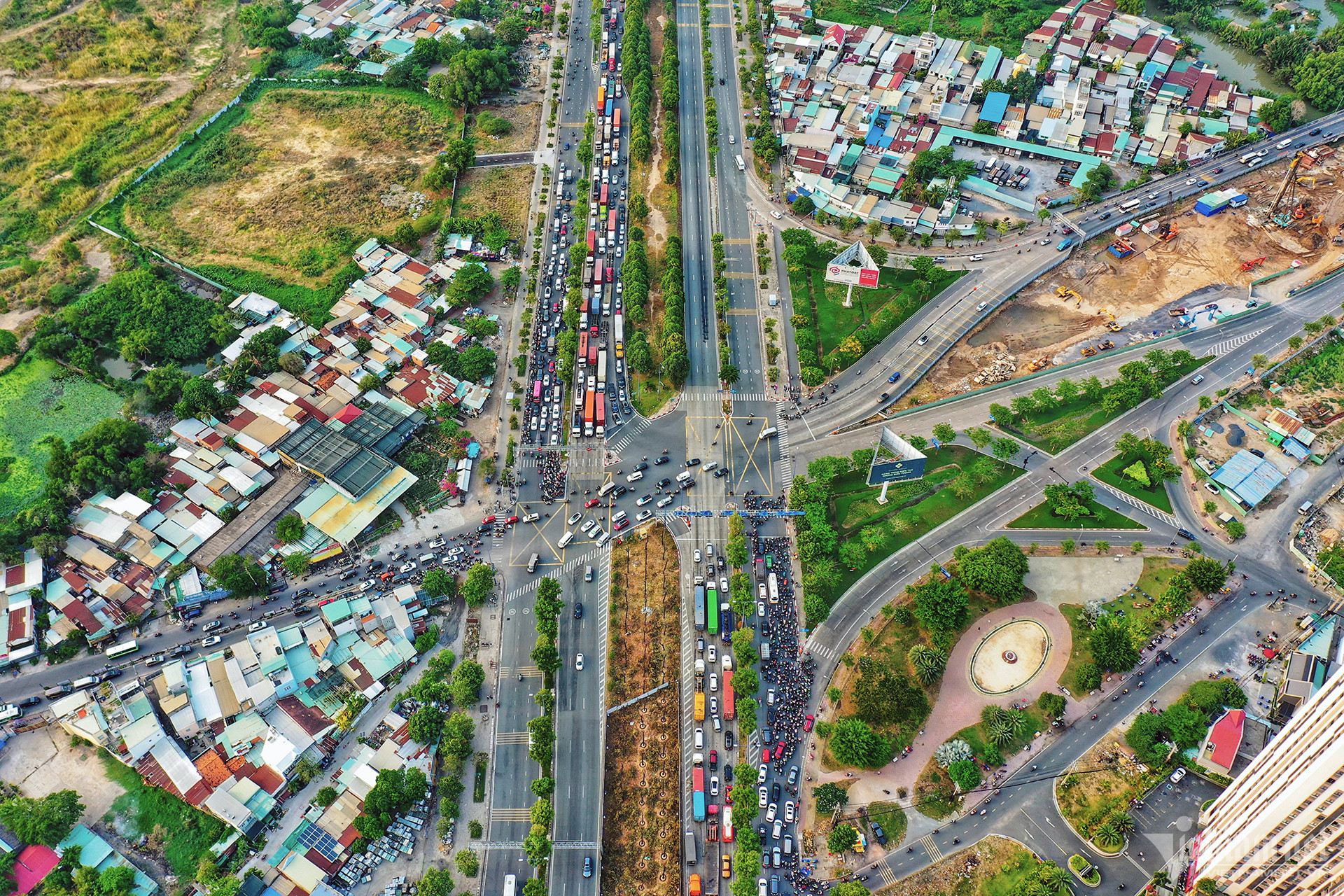
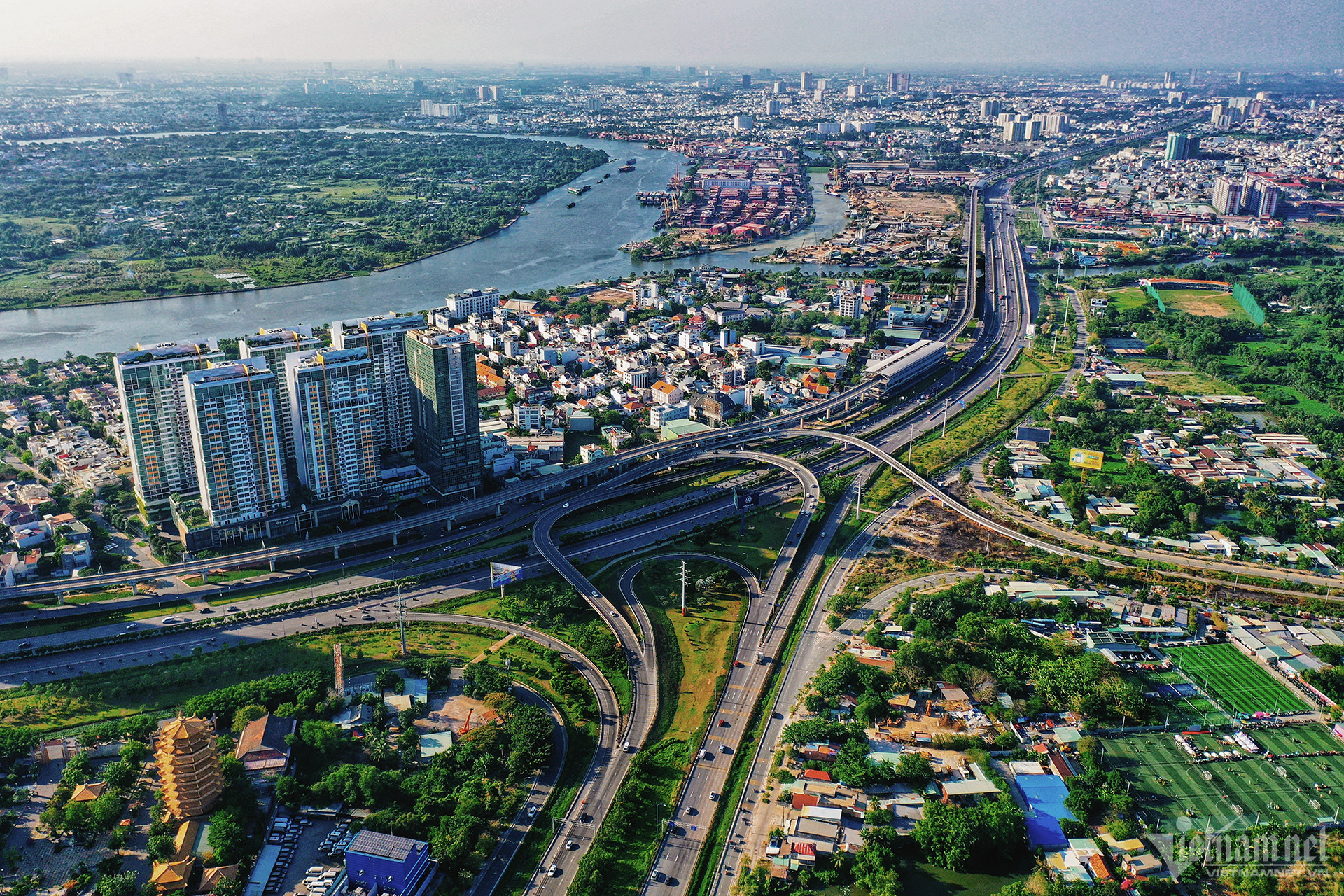
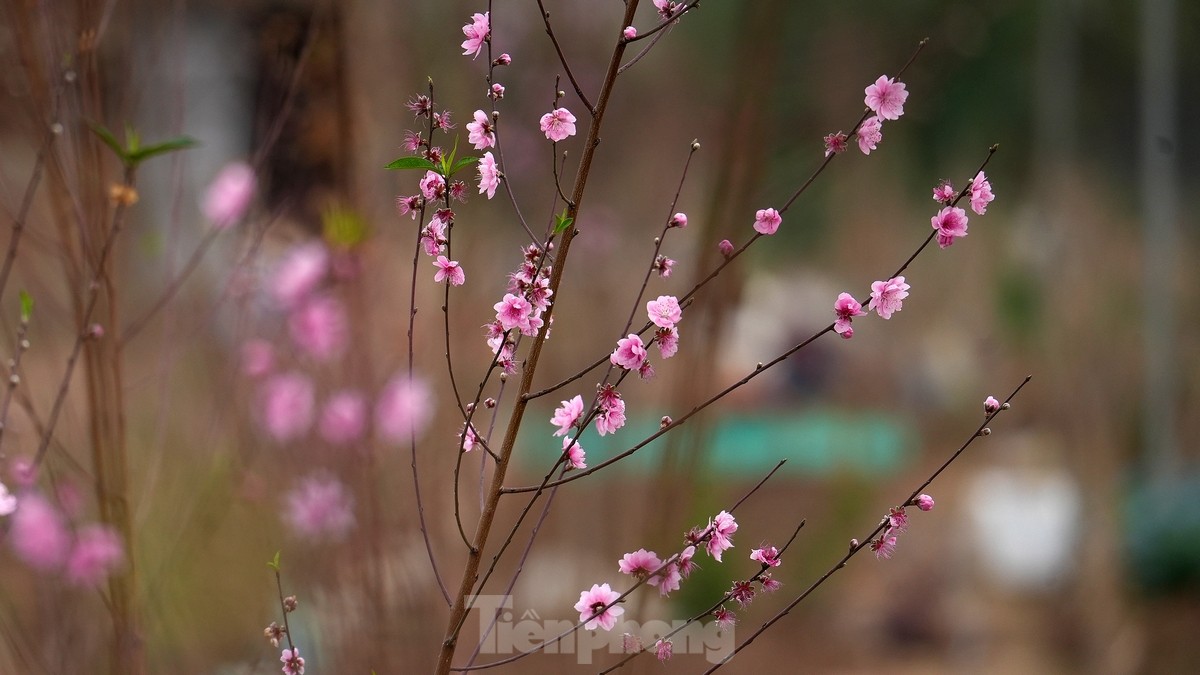


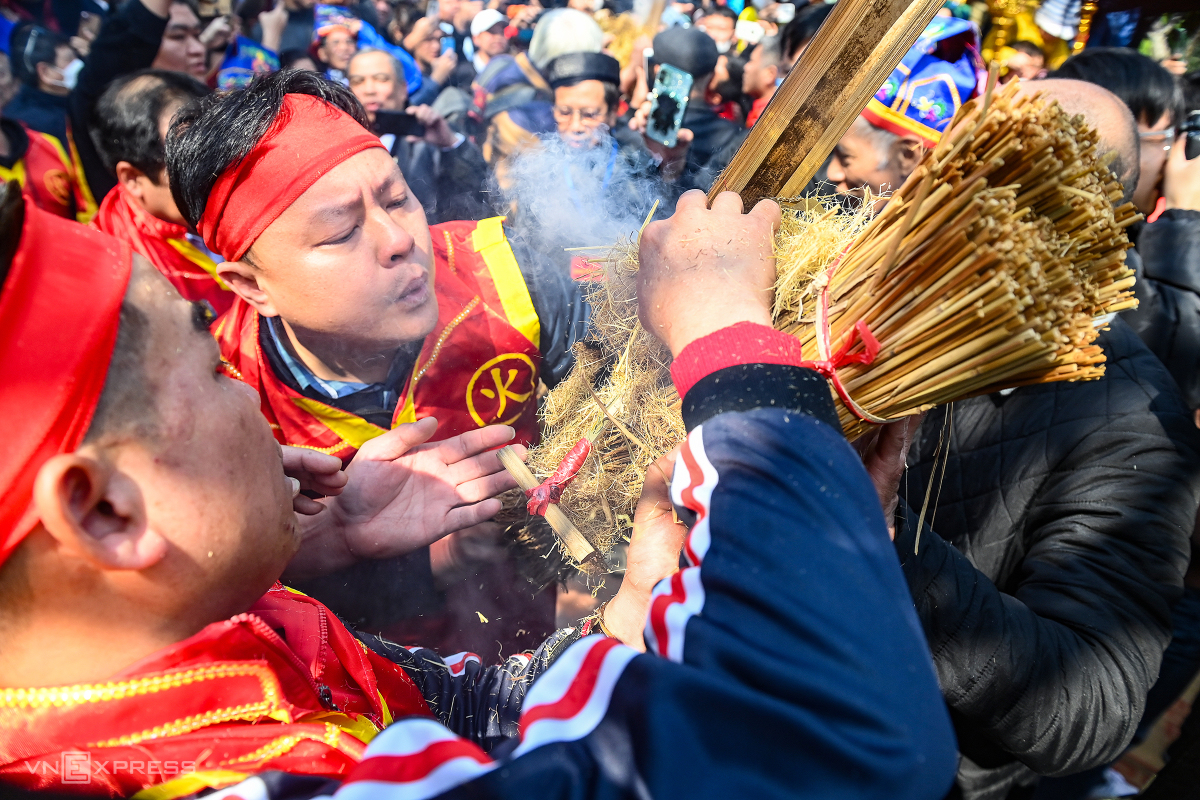
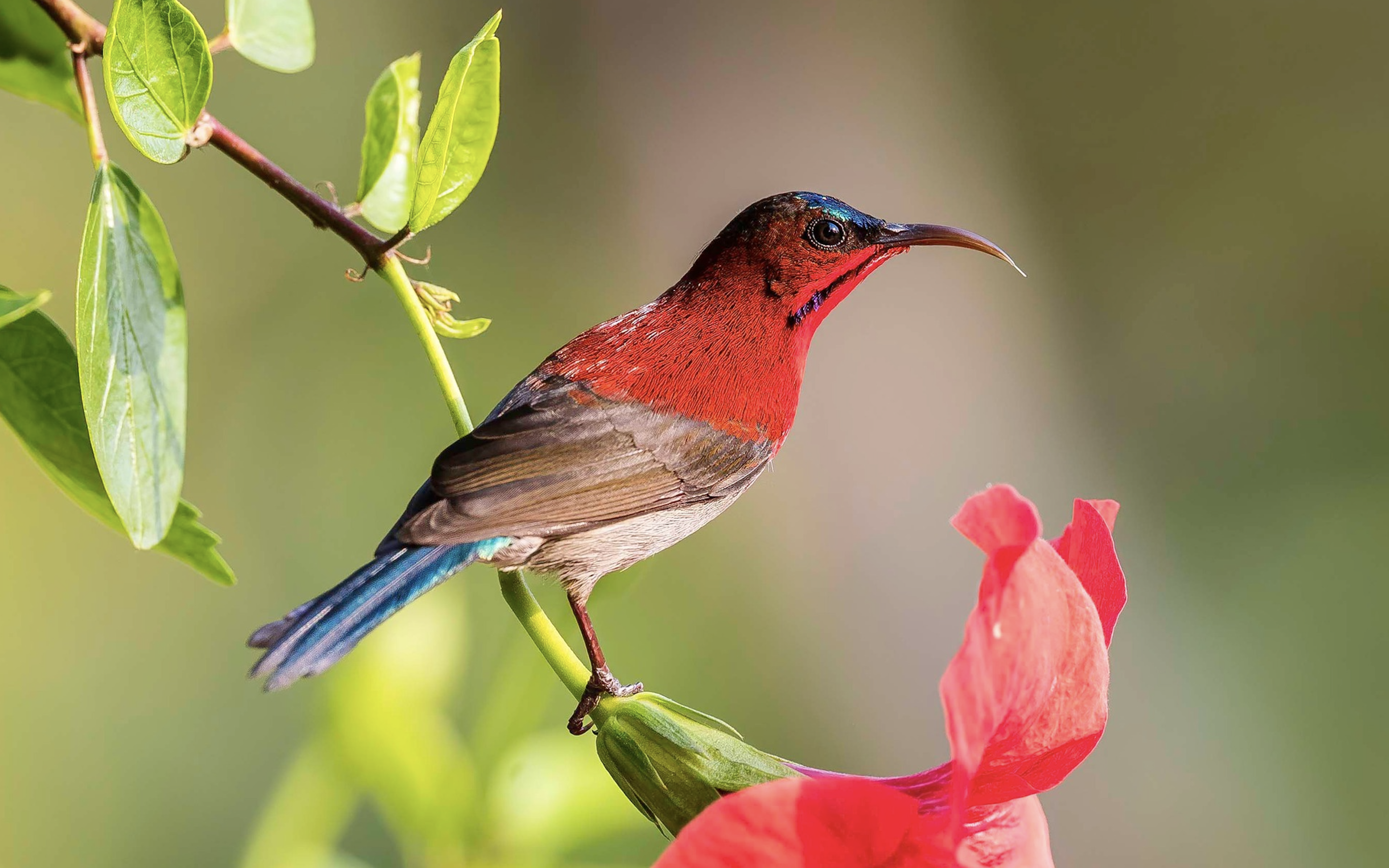
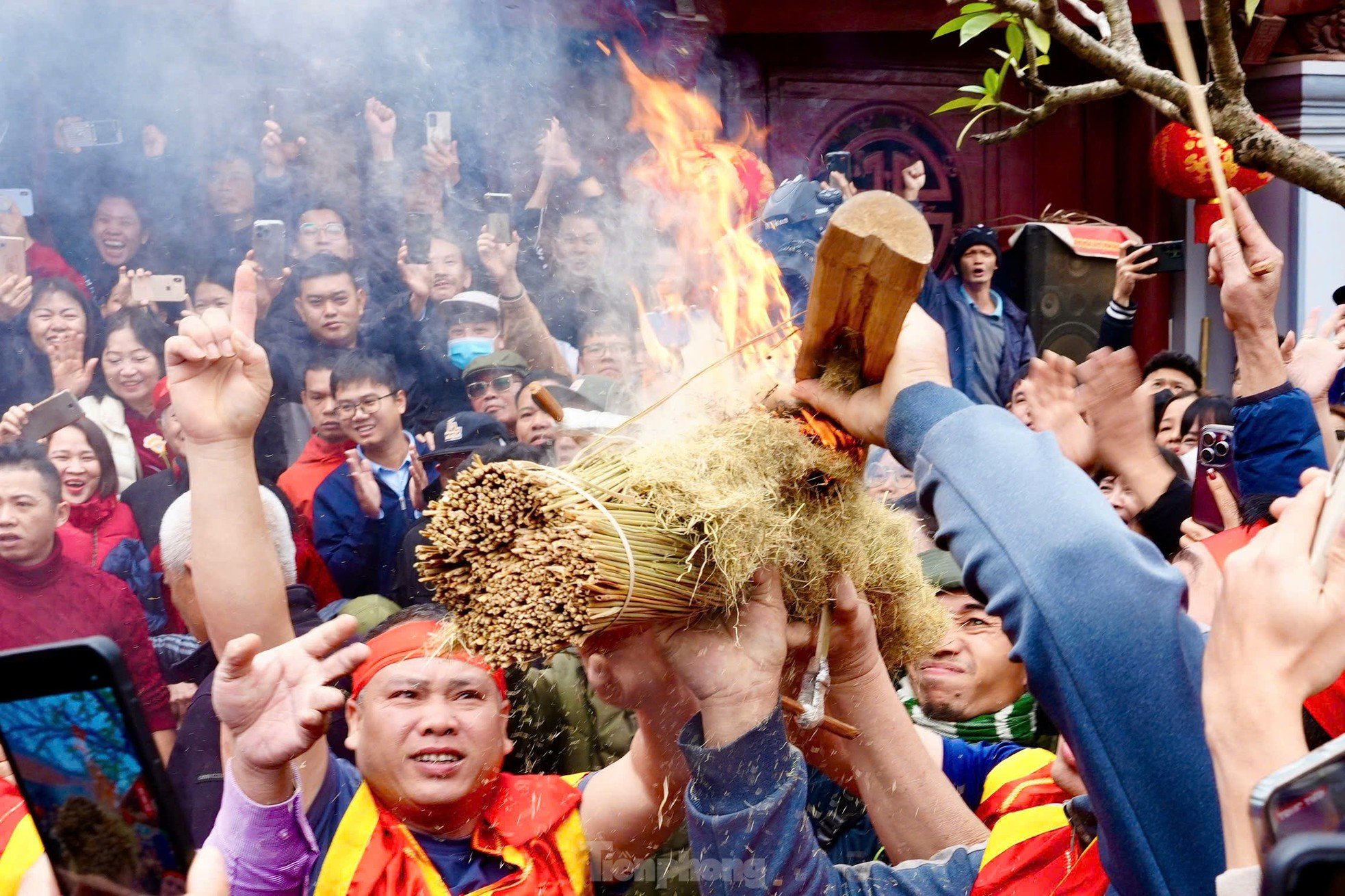


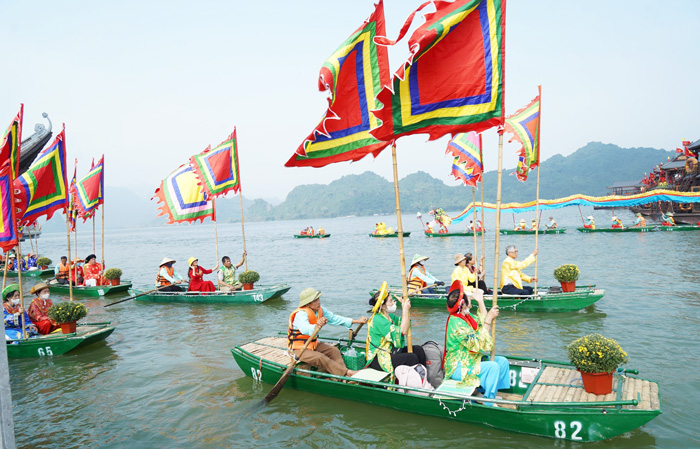

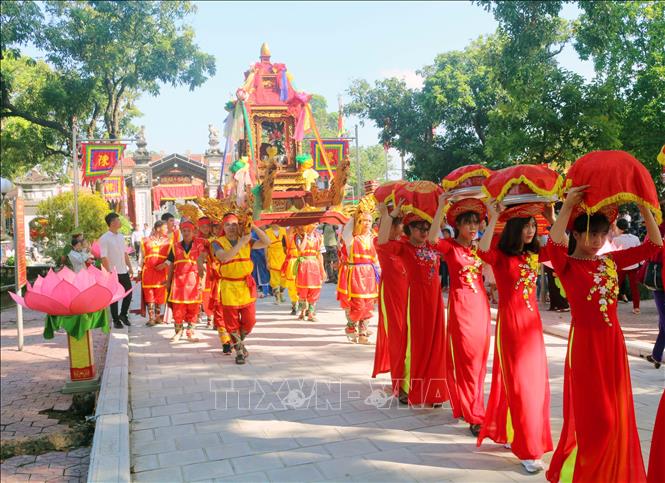

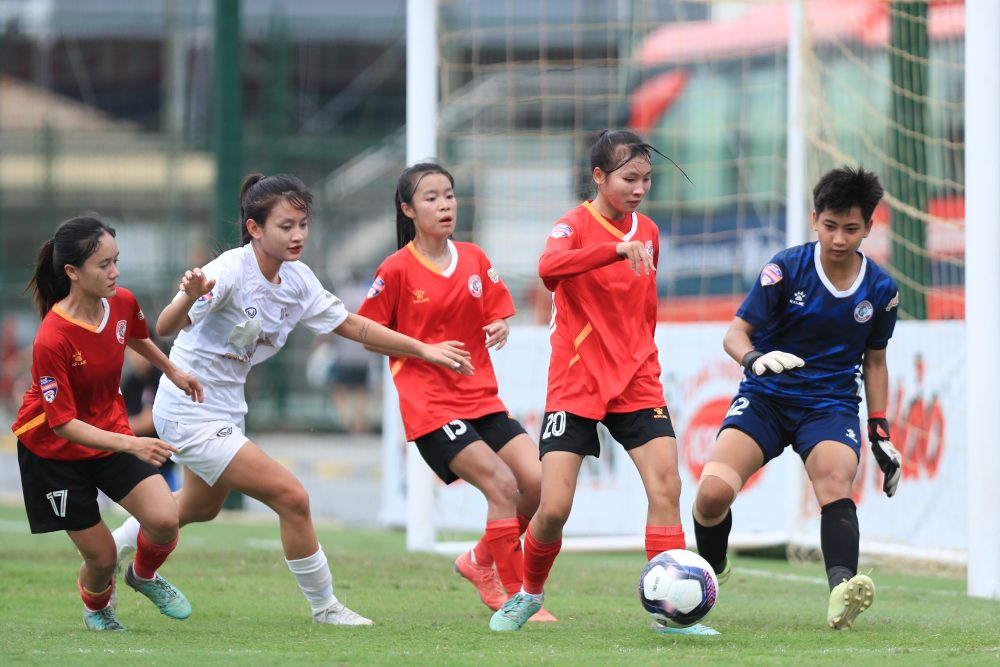
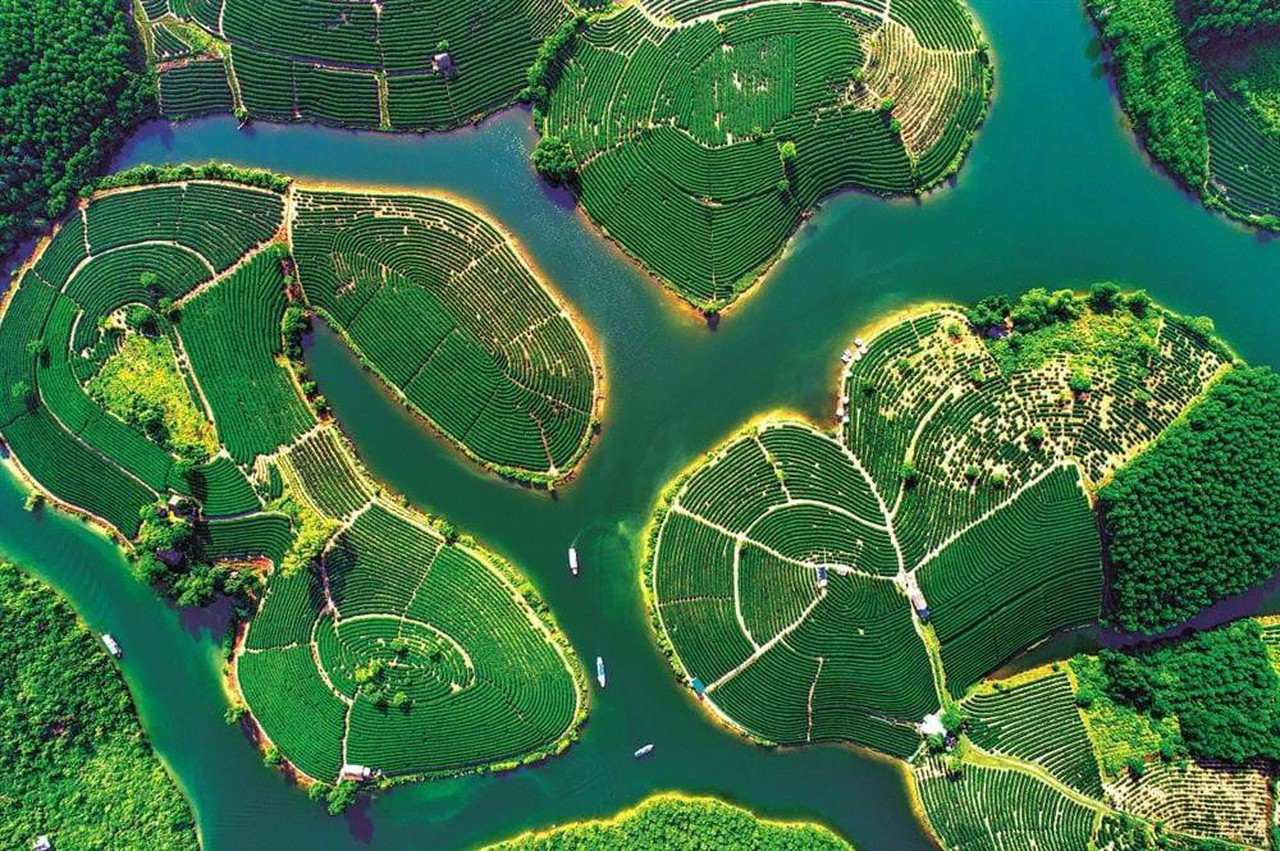

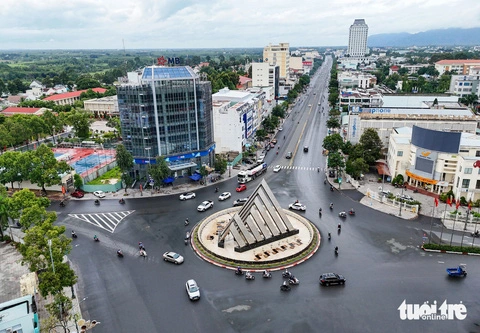
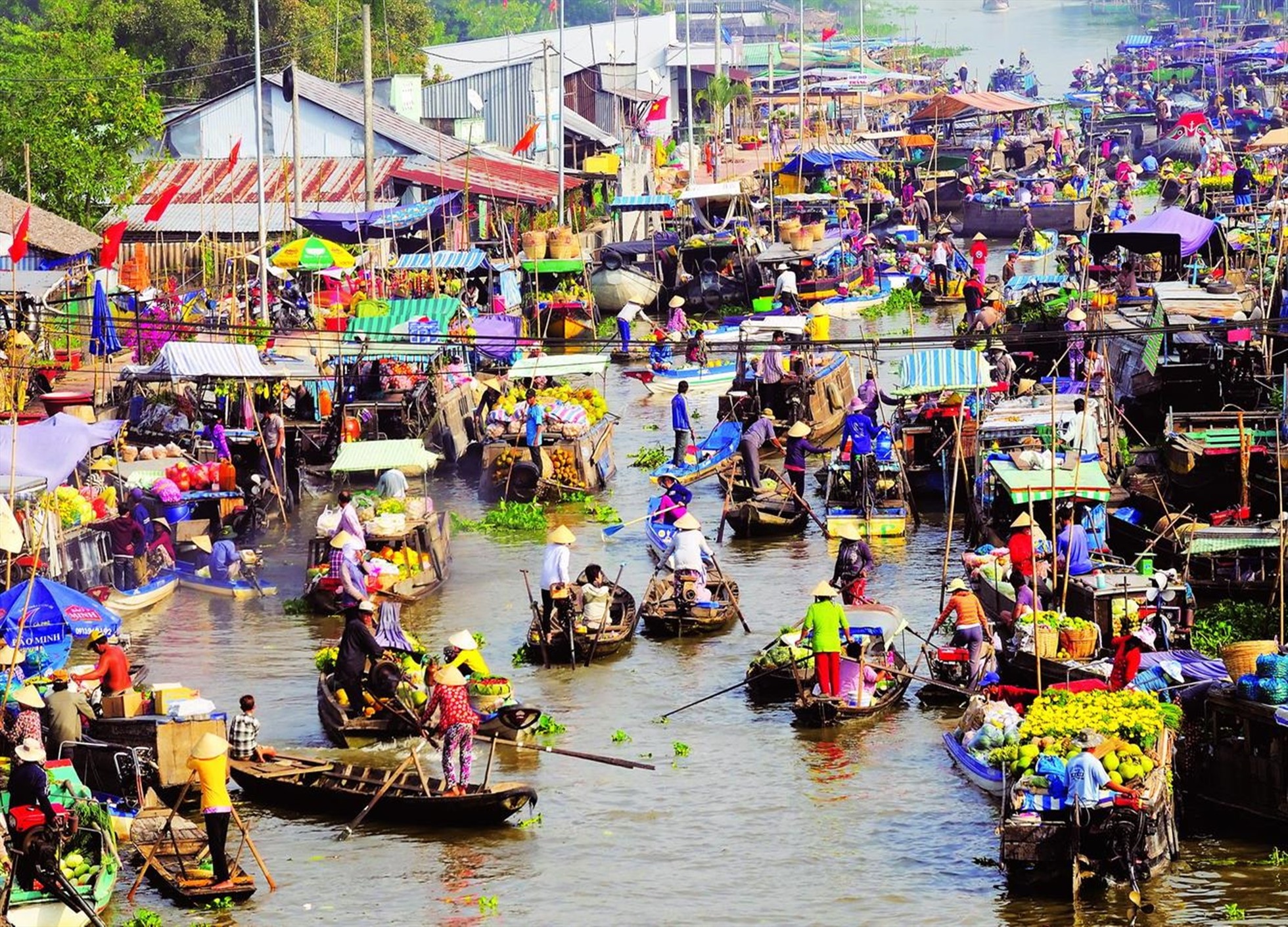
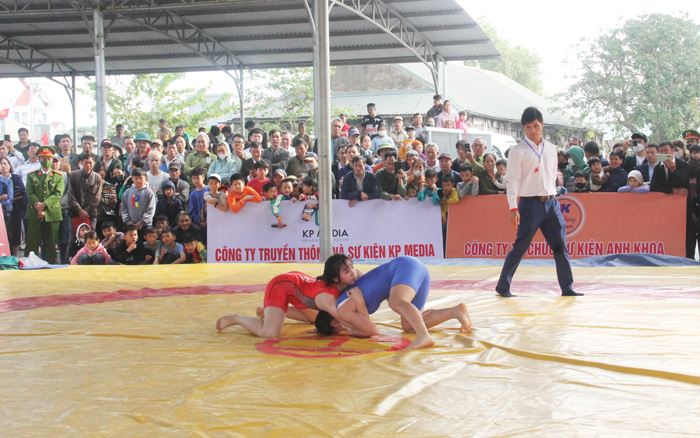
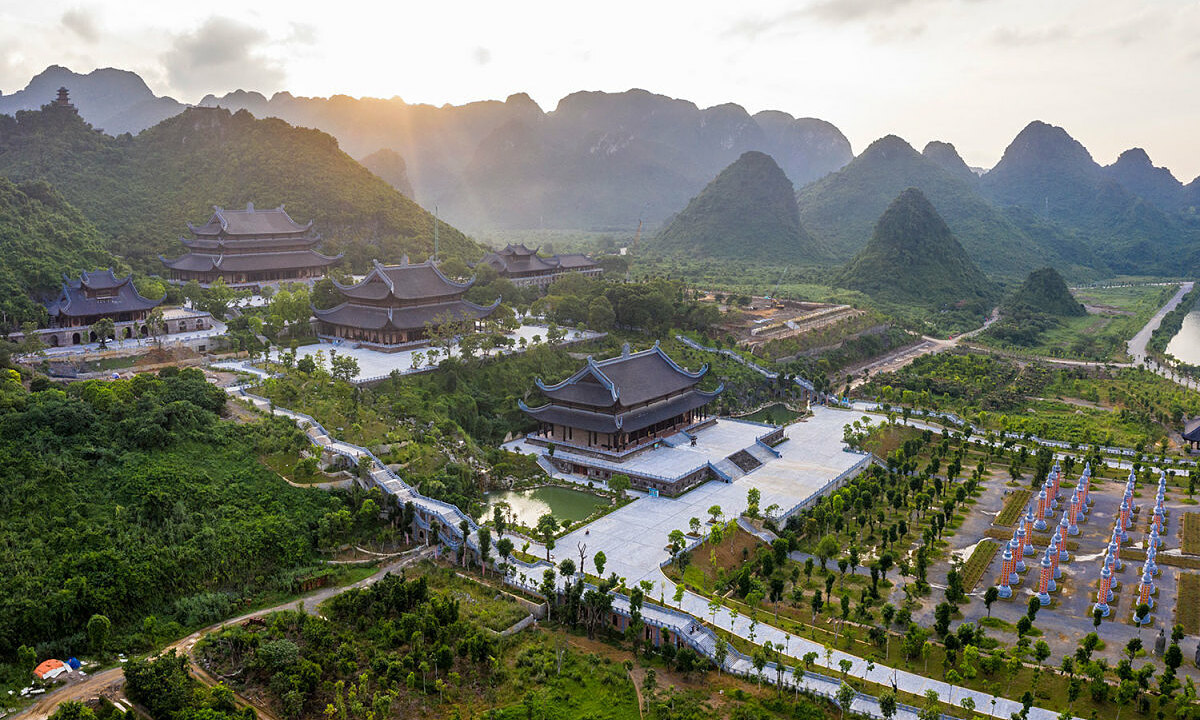
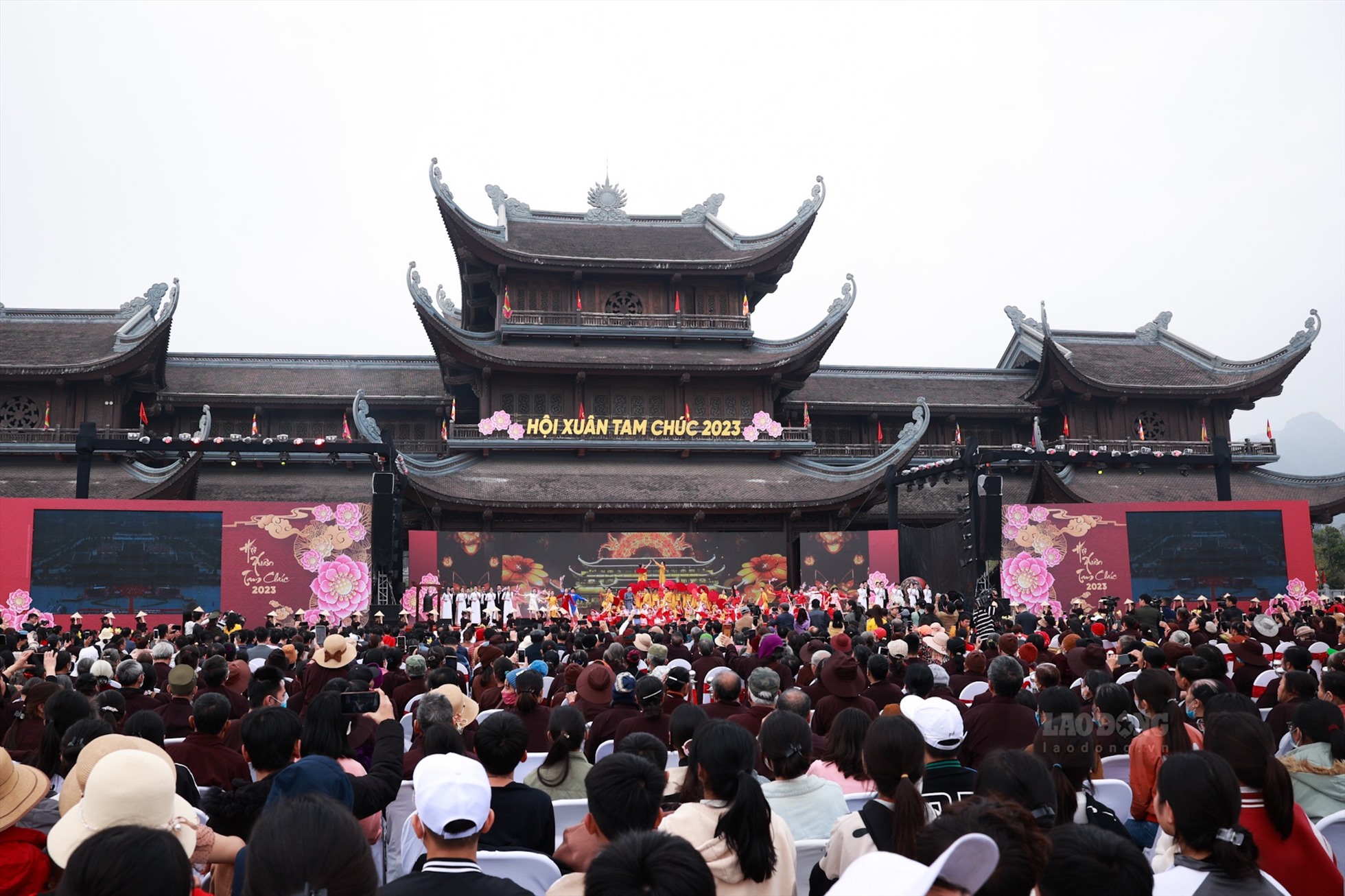





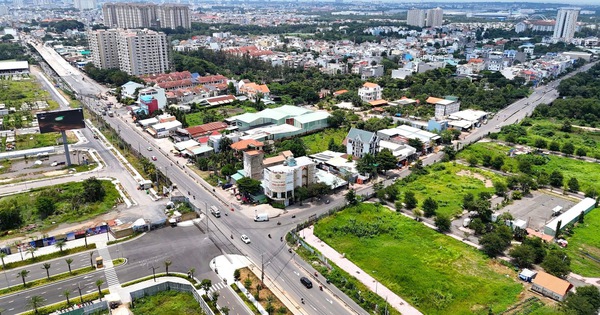

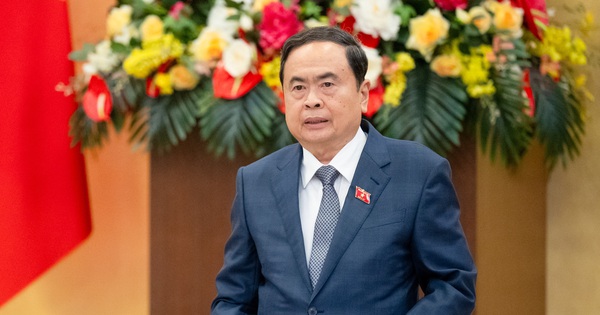

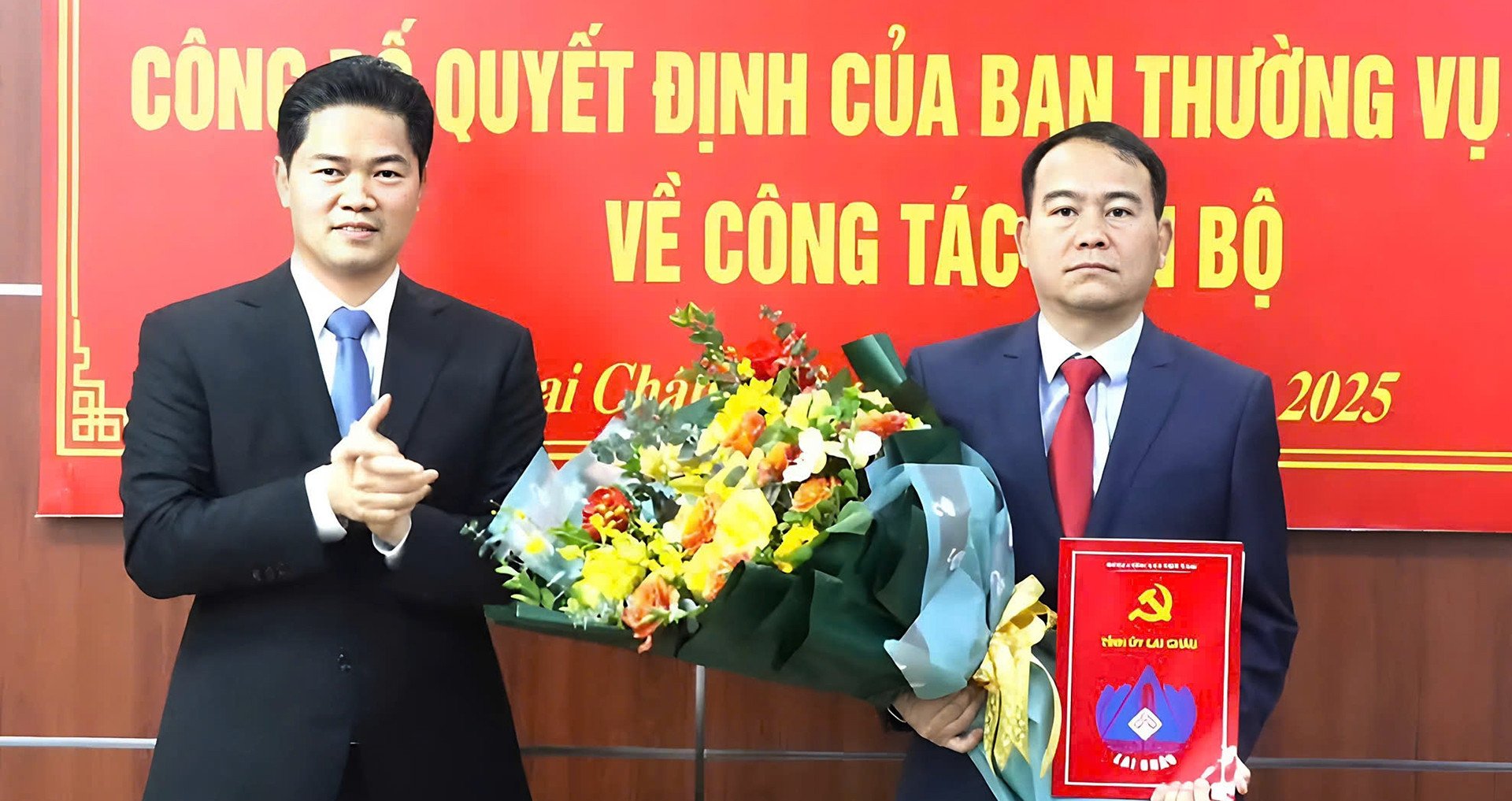

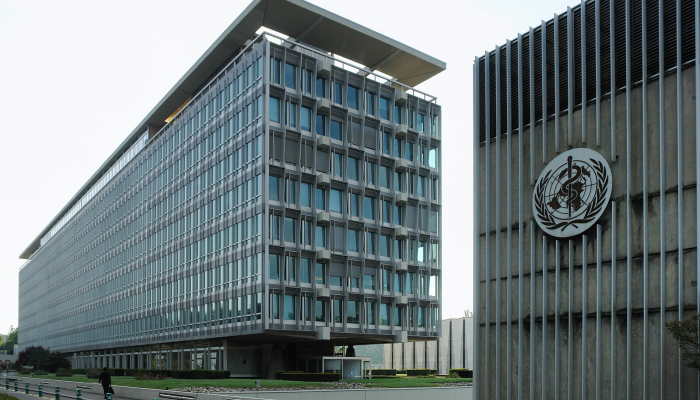






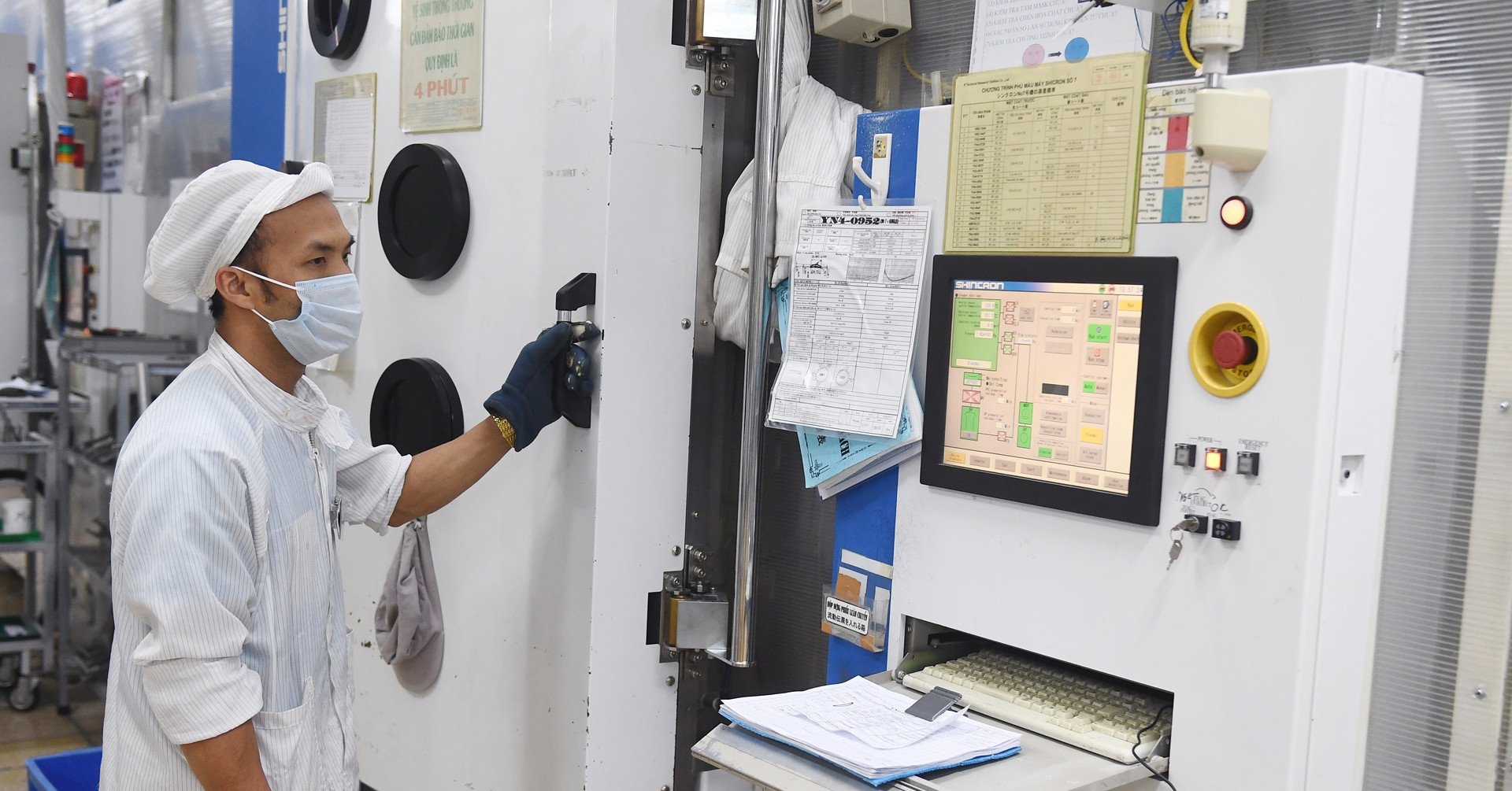


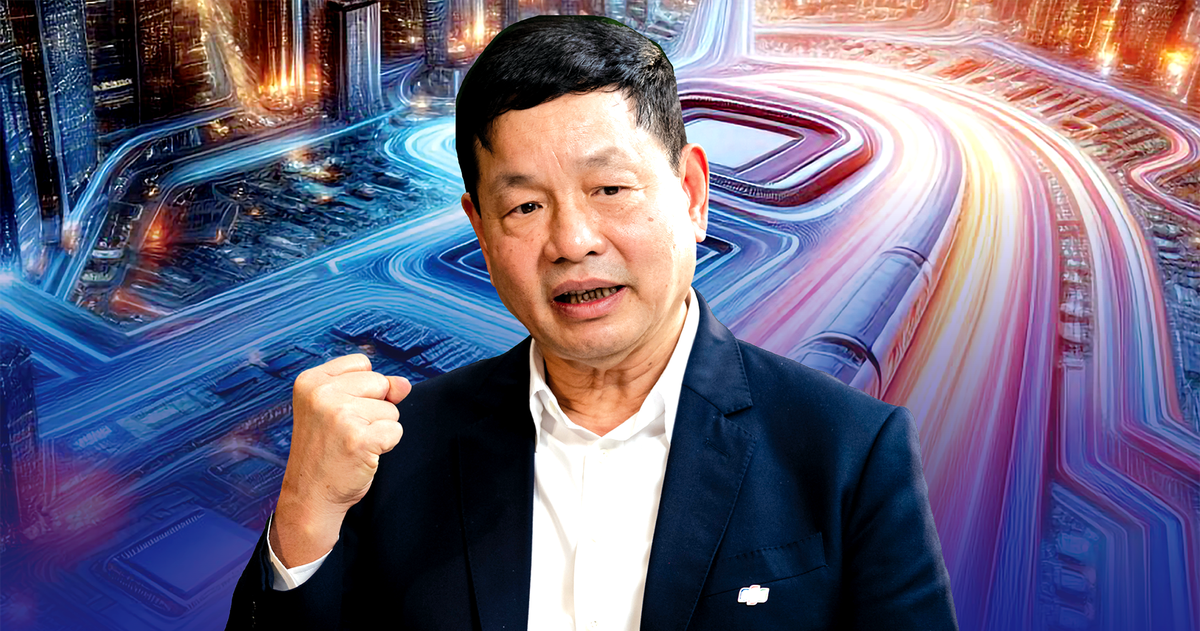




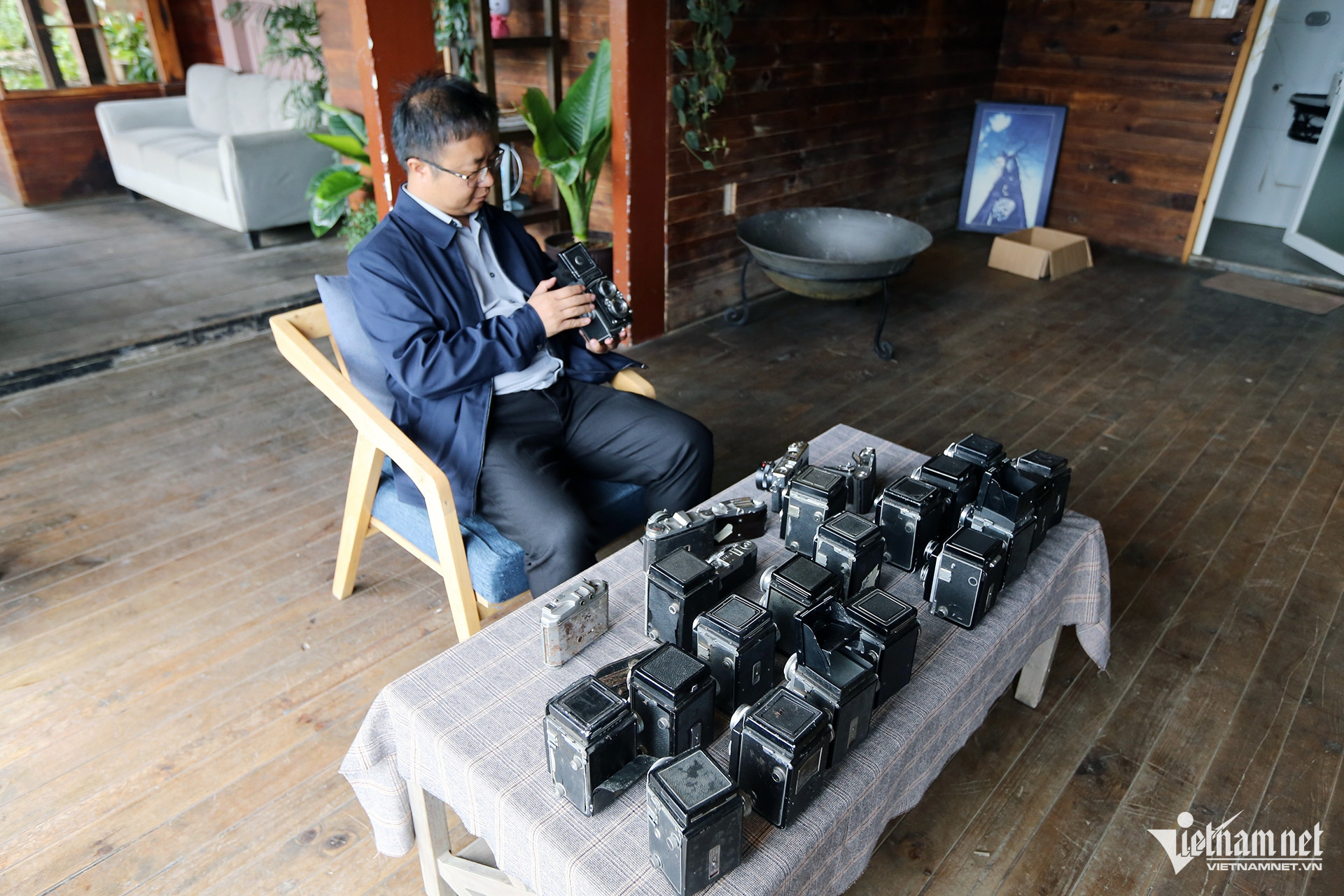




Comment (0)